Contents
Tallac Historic Site | Introduction
Tallac Historic Site is located in South Lake Tahoe, California, adjacent to Emerald Bay State Park. It was once a summer resort at the turn of the 19th to 20th centuries, touted as the “Grandest Resort in the World.” In the 1890s, this area became a cluster of vacation villas for high society, as San Francisco magnates vied to build “entire villages” of summer estates along the shores of Lake Tahoe.
The site encompasses three historic estates—Pope Estate, Baldwin Estate, and Valhalla (Heller Estate)—all listed on the National Register of Historic Places in 1987. Although the estates are no longer lavish or bustling, the century-old cabins, antique boathouses, and lavender gardens still stand quietly among Jeffrey pines and white firs, exuding an elegant echo of the past and preserving the story of the exuberant yet pioneering romance of the 1890s through the 1920s.
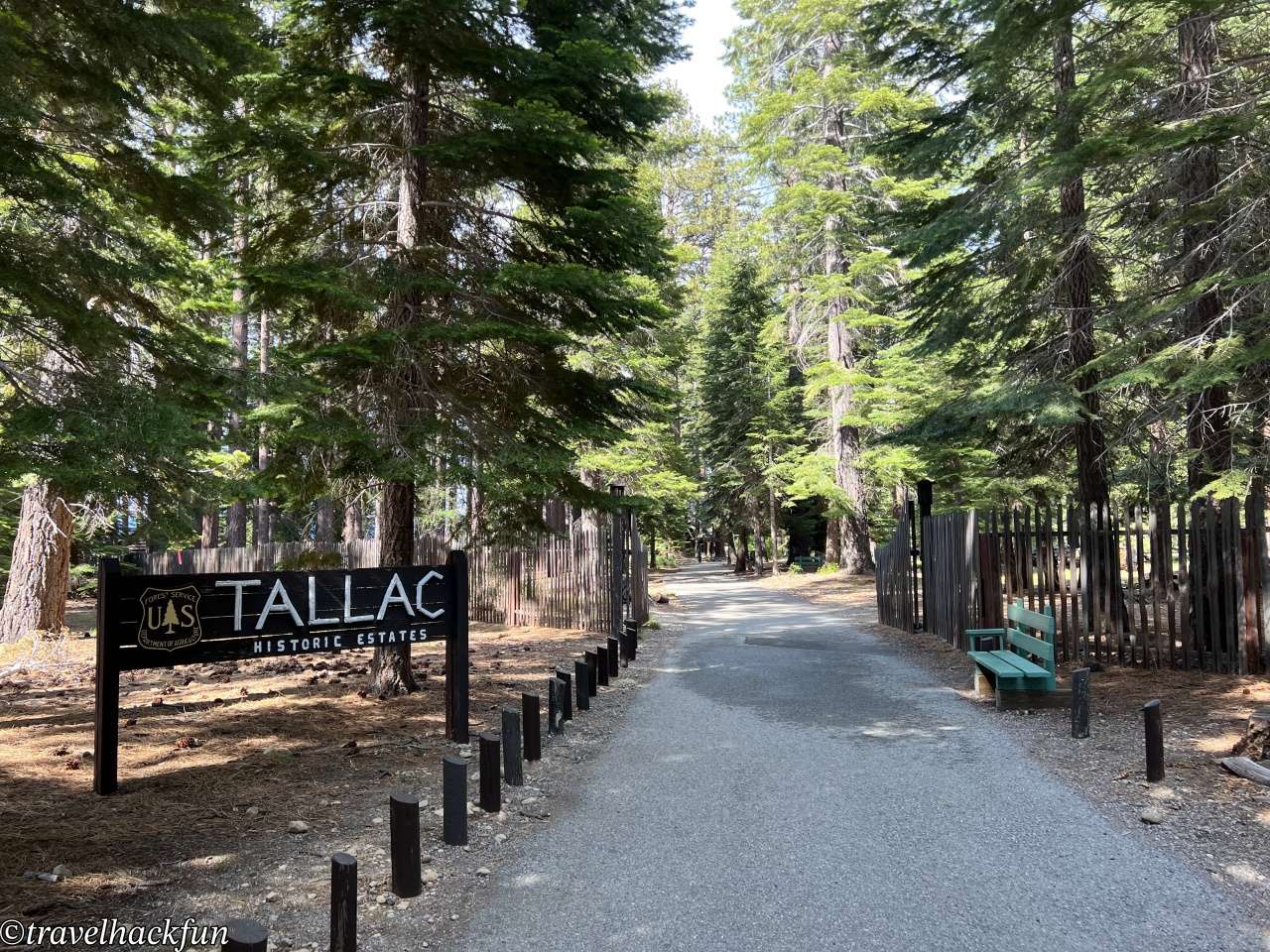
Tallac Historic Site | Itinerary Notes
Tallac Historic Site is ideal for a one-day summer trip along the south shore of Lake Tahoe. The main houses and museums of the three estates are generally open from June through October. In summer, the Valhalla Estate also hosts music festivals and artisan markets, so be sure to check their event calendar in advance. Pope House offers guided tours daily until the end of August; if you’d like to join, register at the Tallac Historic Site visitor center before 10:00 AM. Afterward, follow the boardwalk to the Baldwin Museum to learn about the early life of the Baldwin family and enjoy the lake views.
If you visit in winter, most buildings are closed under snow, making the site suitable only for forest hikes or snowman building. To see the interior exhibits, you’ll need to wait until spring when the snow melts.
- Hotel search: Agoda
- Activities & tickets: KKday / Klook / TripAdvisor
- Travel credit cards (US only): My card picks + beginner tips
Tallac Historic Site | Accommodation and Transportation
The closest lodging to Tallac is the neighboring Camp Richardson Historic Resort, or you can camp overnight at Emerald Bay State Park. Cabins, campsites, and the small sandy lakeshore beach are all within walking distance. At night, listen to the pines rustle around your campfire; in the morning, you can reach the estate entrance in five minutes on foot.
If you prefer more comfortable accommodations and being near restaurants, driving ten minutes to South Lake Tahoe is the most convenient option. If you don’t want to drive, the Tahoe Trolley operates in summer—get off at the Camp Richardson stop and walk about ten minutes along the bike path to reach Tallac. For cyclists, you can also pedal from South Lake Tahoe along the flat bike trail directly to the site.
Looking for a stay in South Lake Tahoe?
Tallac Historic Site | Attractions
The official trail at Tallac Historic Site links all the buildings in a loop. The three main estates and the half-hidden hotel ruins under canopy and near the water quietly preserve the “high society summer lifestyle” of the early 20th century. A full circuit takes about one to two hours; if you catch a guided tour or a music festival, you could easily spend the entire day here.
Pope Estate
Pope Estate resembles an entire village. This lakeside villa, completed in 1894, originally belonged to San Francisco banker George A. Pope. But its story begins earlier that same year, when George P. Tallant of San Francisco’s financial circles built a 2,000-square-foot log cabin here. Five years later, railroad tycoon William Tevis and his wife purchased it. After financial troubles, the estate was acquired in 1923 by lumber baron George A. Pope. Surrounding the main house are servant quarters, a carriage house, a conservatory, and a gazebo with a pond—now a popular photo spot—along paths lined with rare giant sequoias.
The cedar-shingle exterior is understated yet refined. Inside, the house is restored to its 1920s “Great Gatsby”–era glory with Arts & Crafts wood furniture, Tiffany-style lampshades, intricate wallpaper, and a butler’s pantry. Guides share details such as servants using secret passages to serve meals and hosts throwing boat parties on the lake.
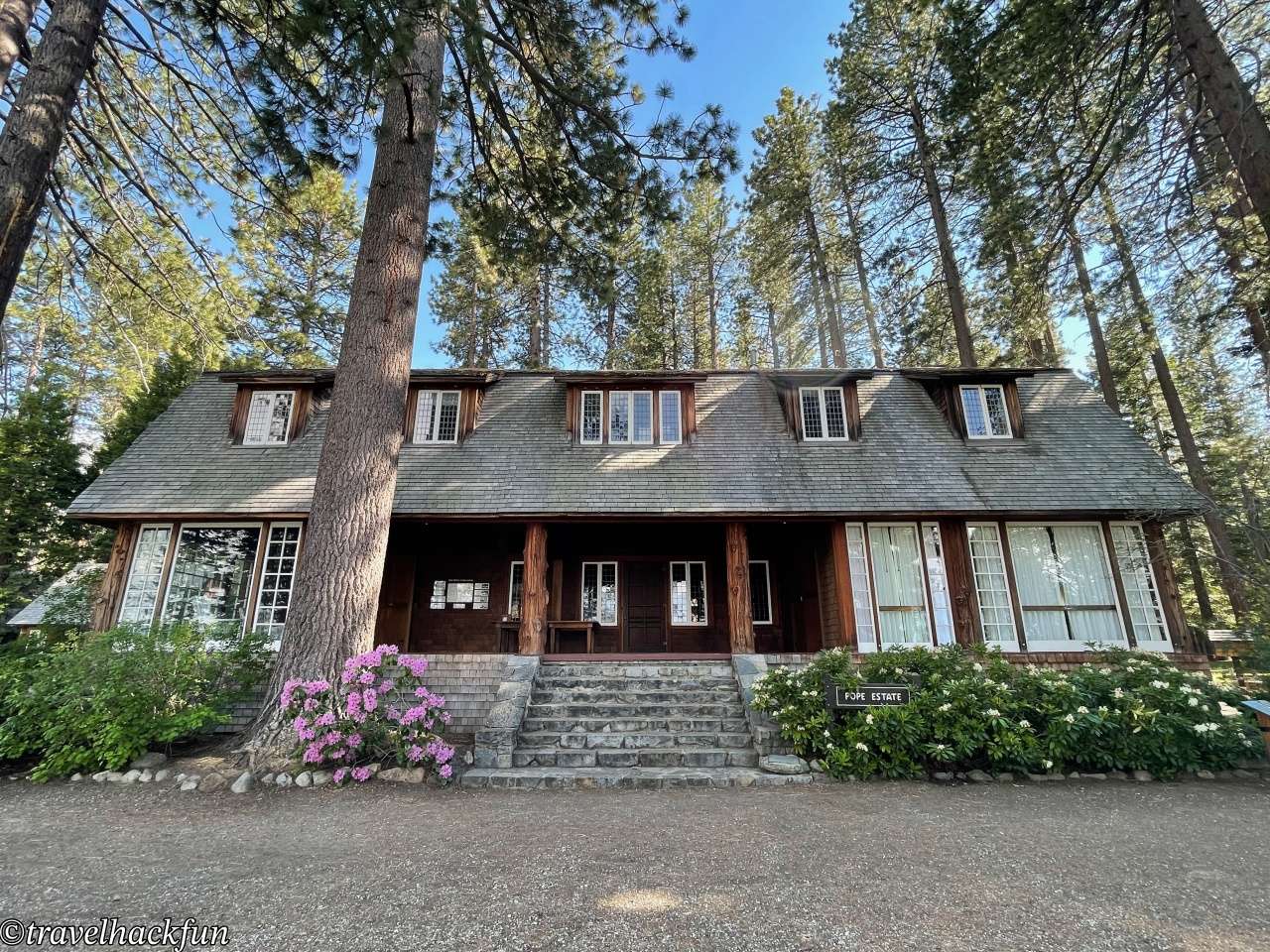
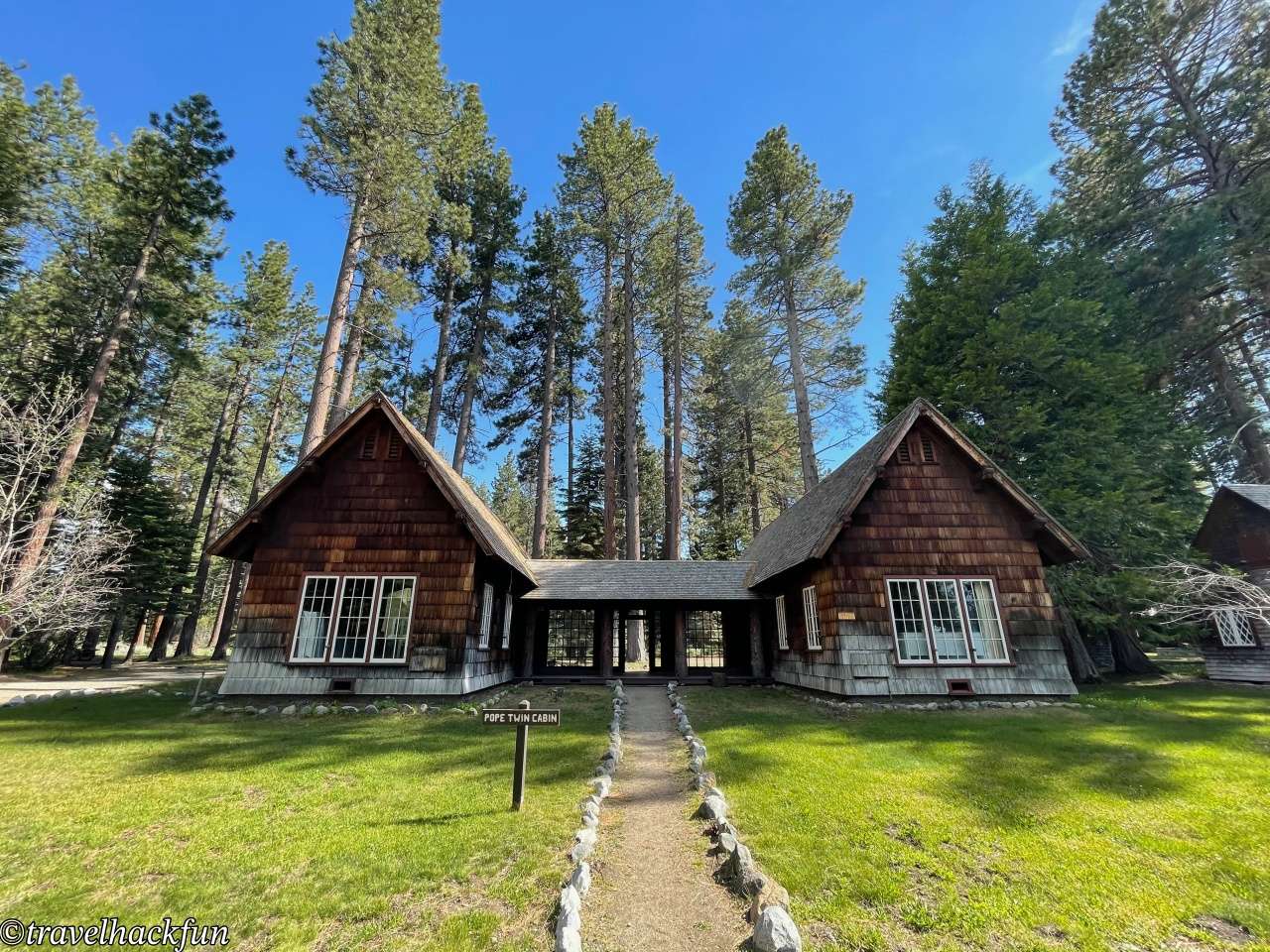
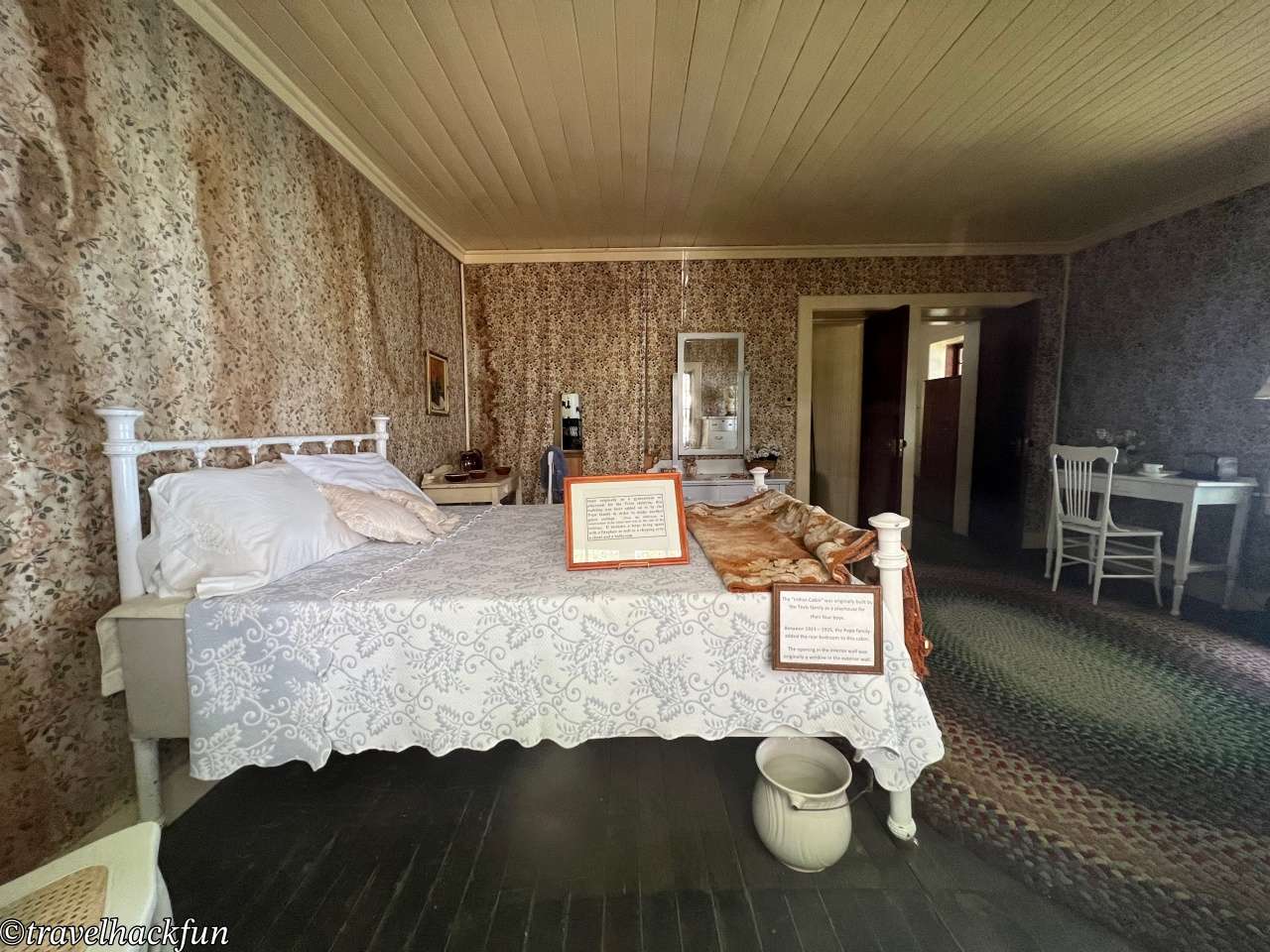
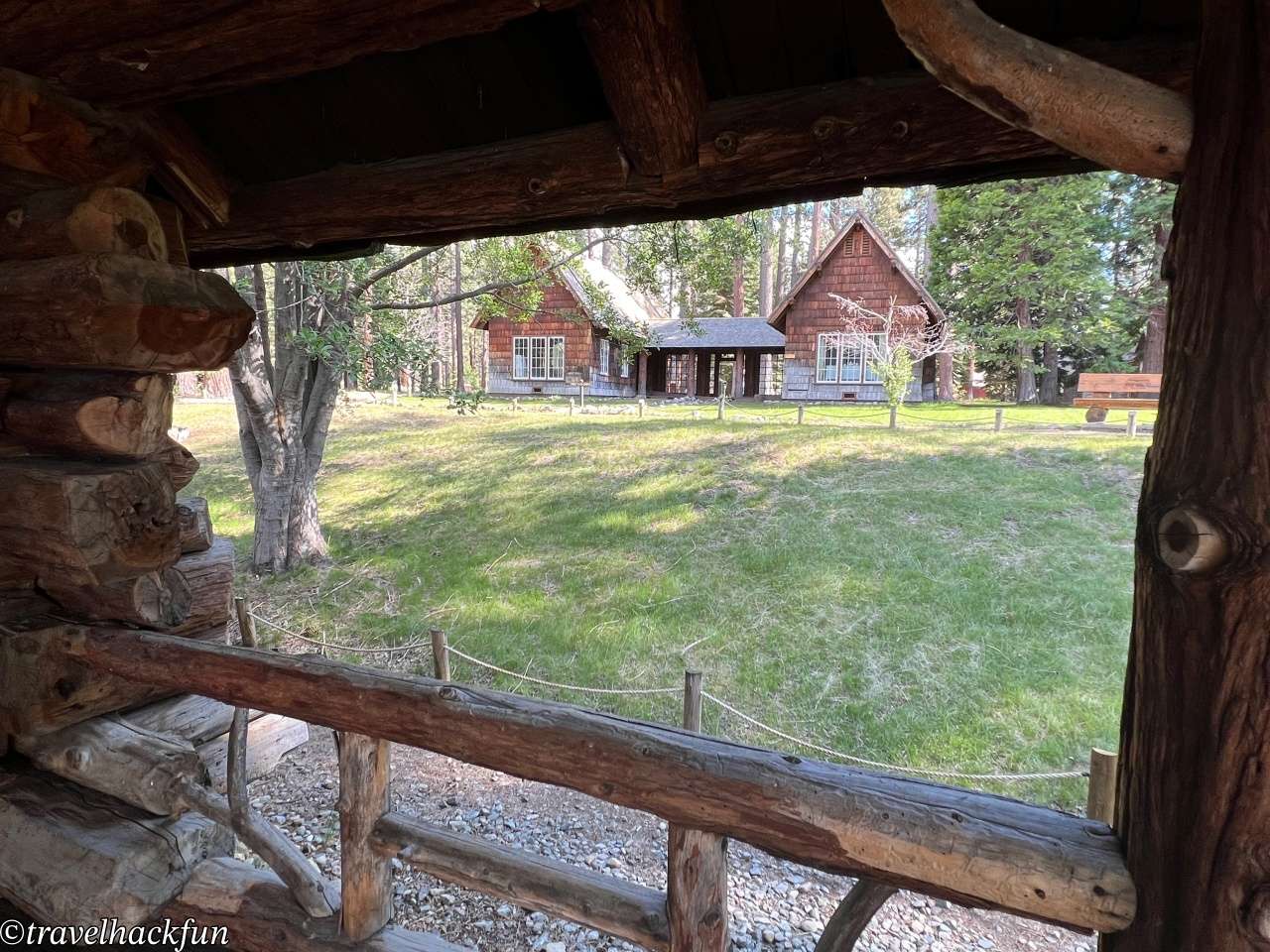
The white lakeside gazebo in front of Pope House was once the fashionable spot for afternoon tea for ladies and cigars for gentlemen. In the backyard, the chef’s cabin, teacher’s quarters, and gardener’s cottage are displayed in a “peek-through-the-window” style.
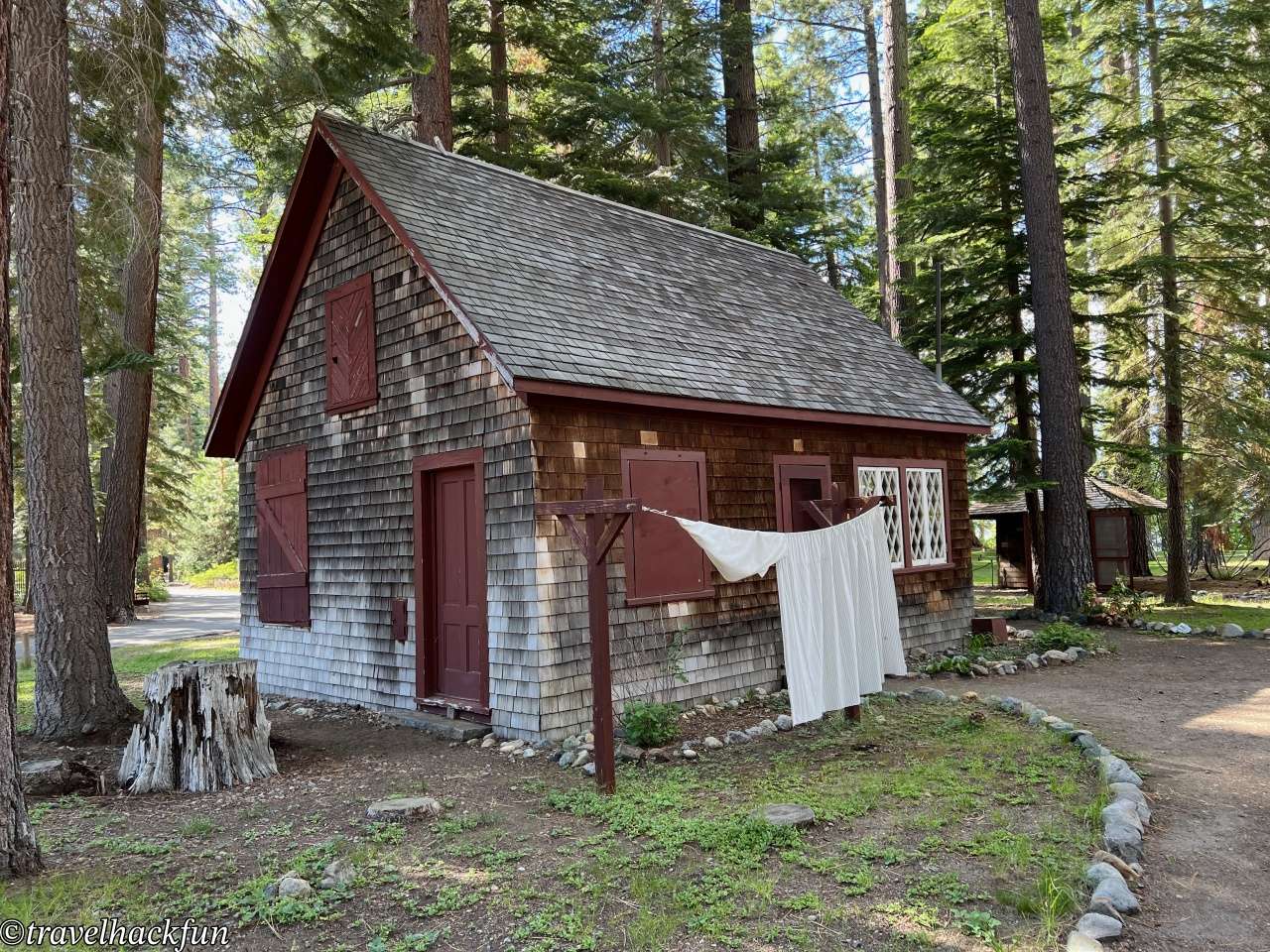
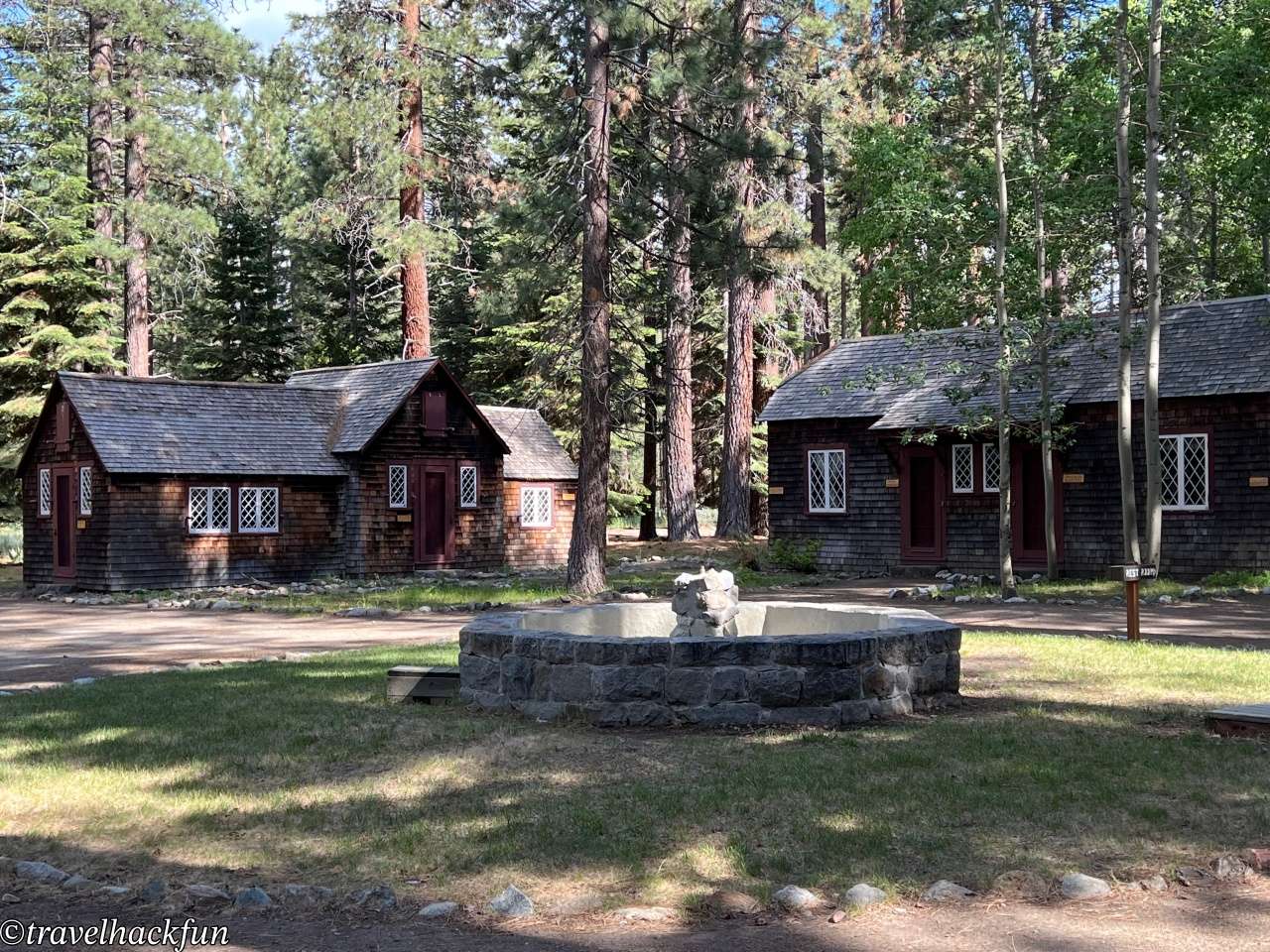
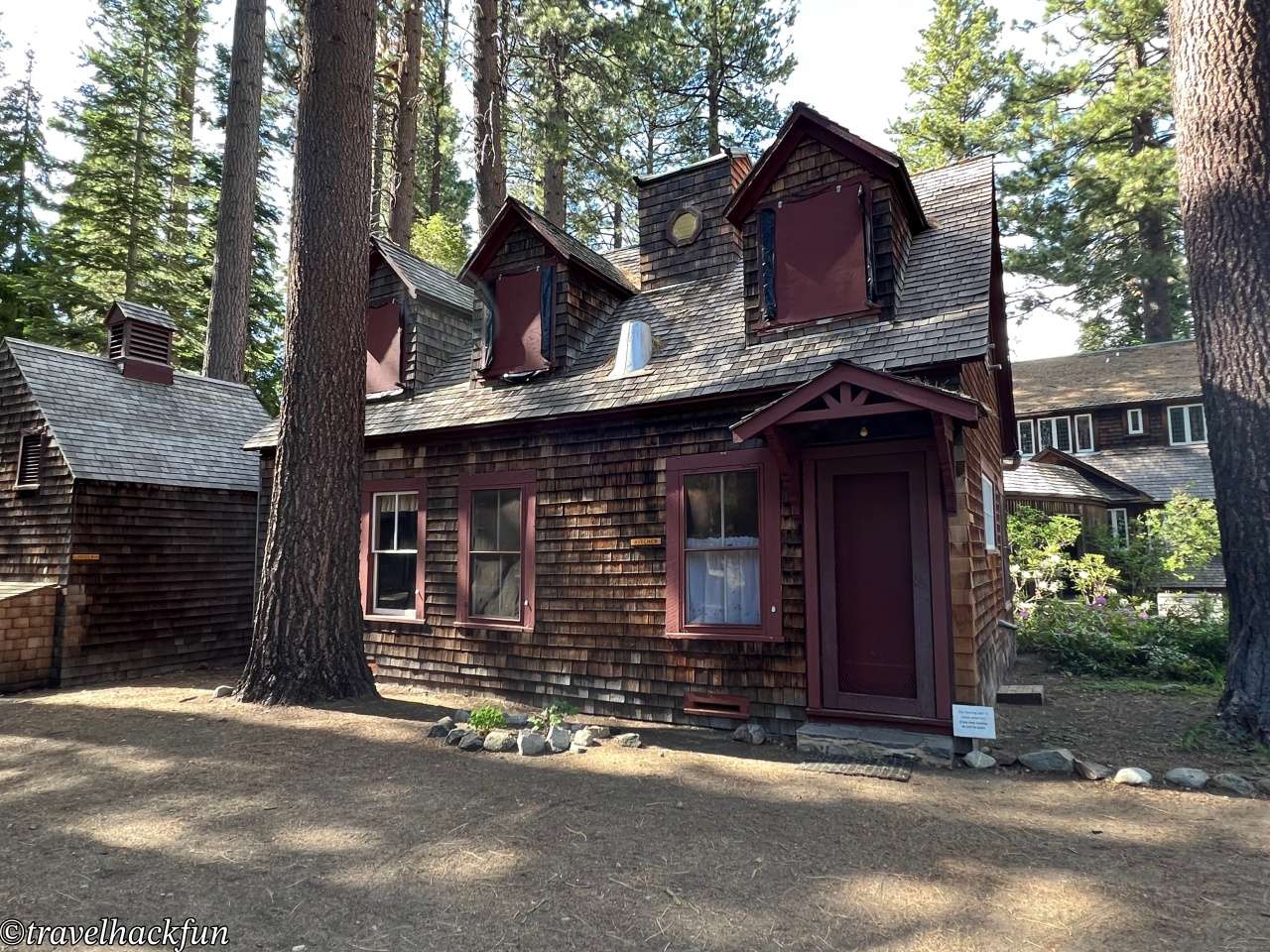
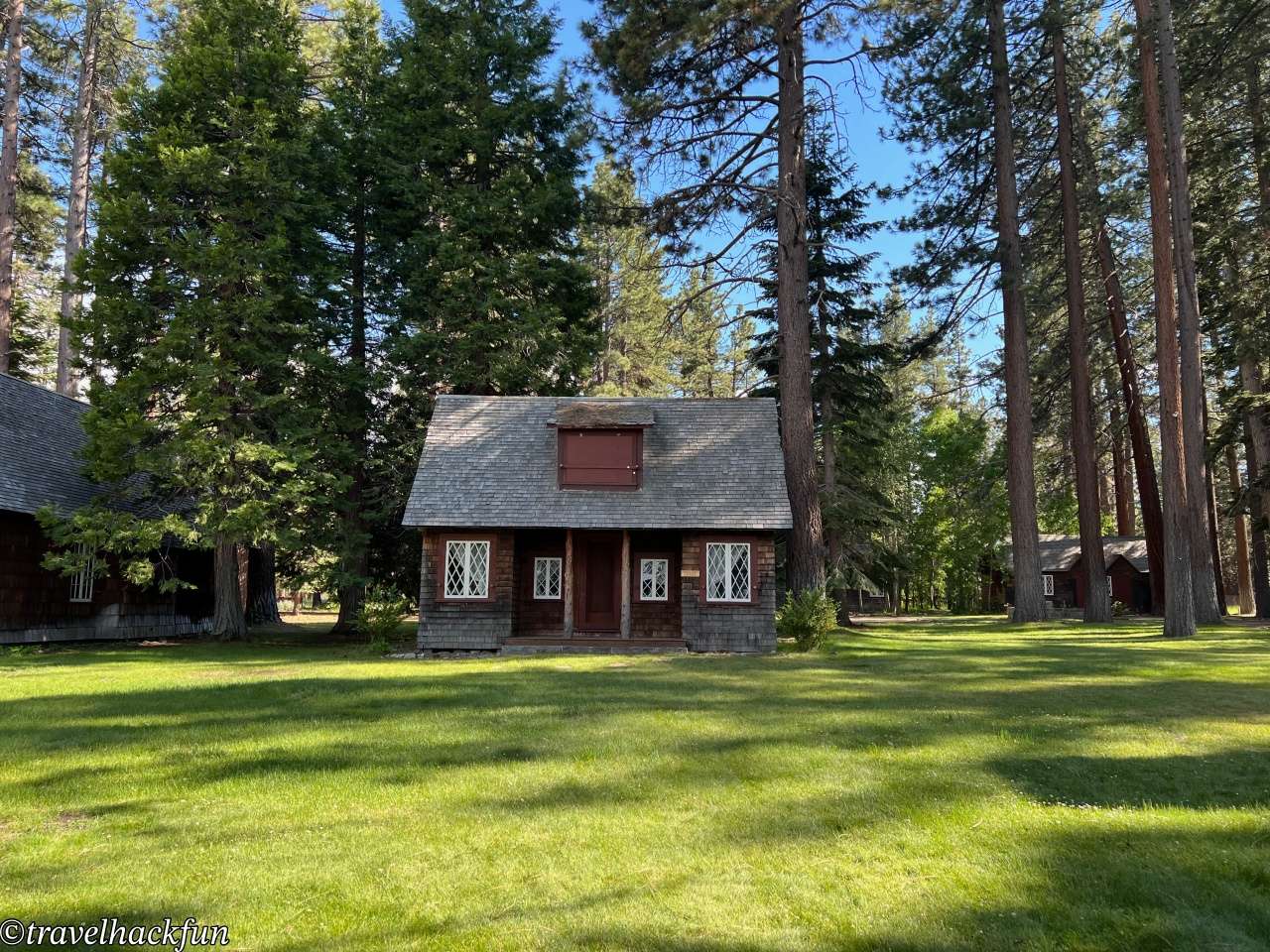
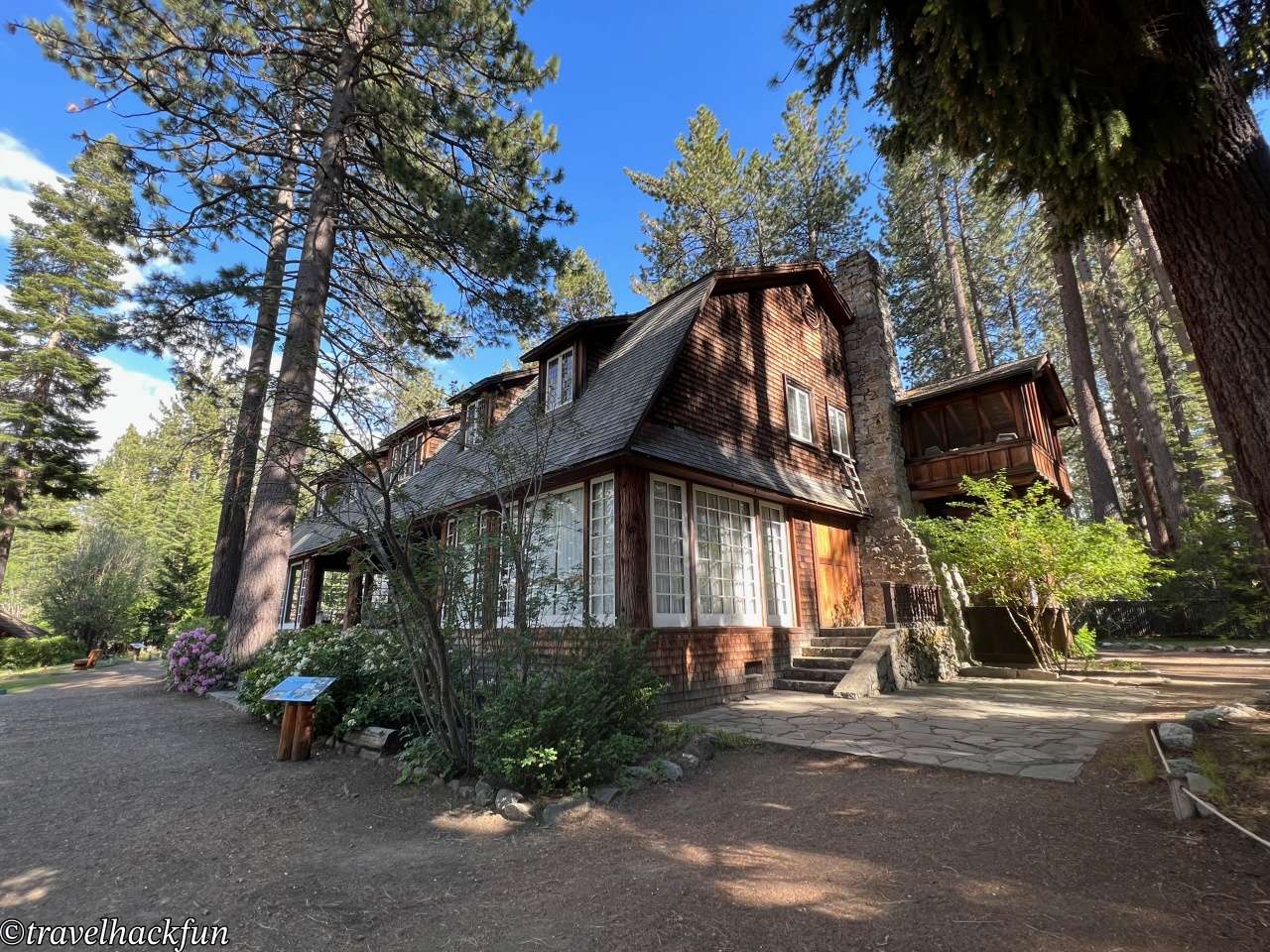
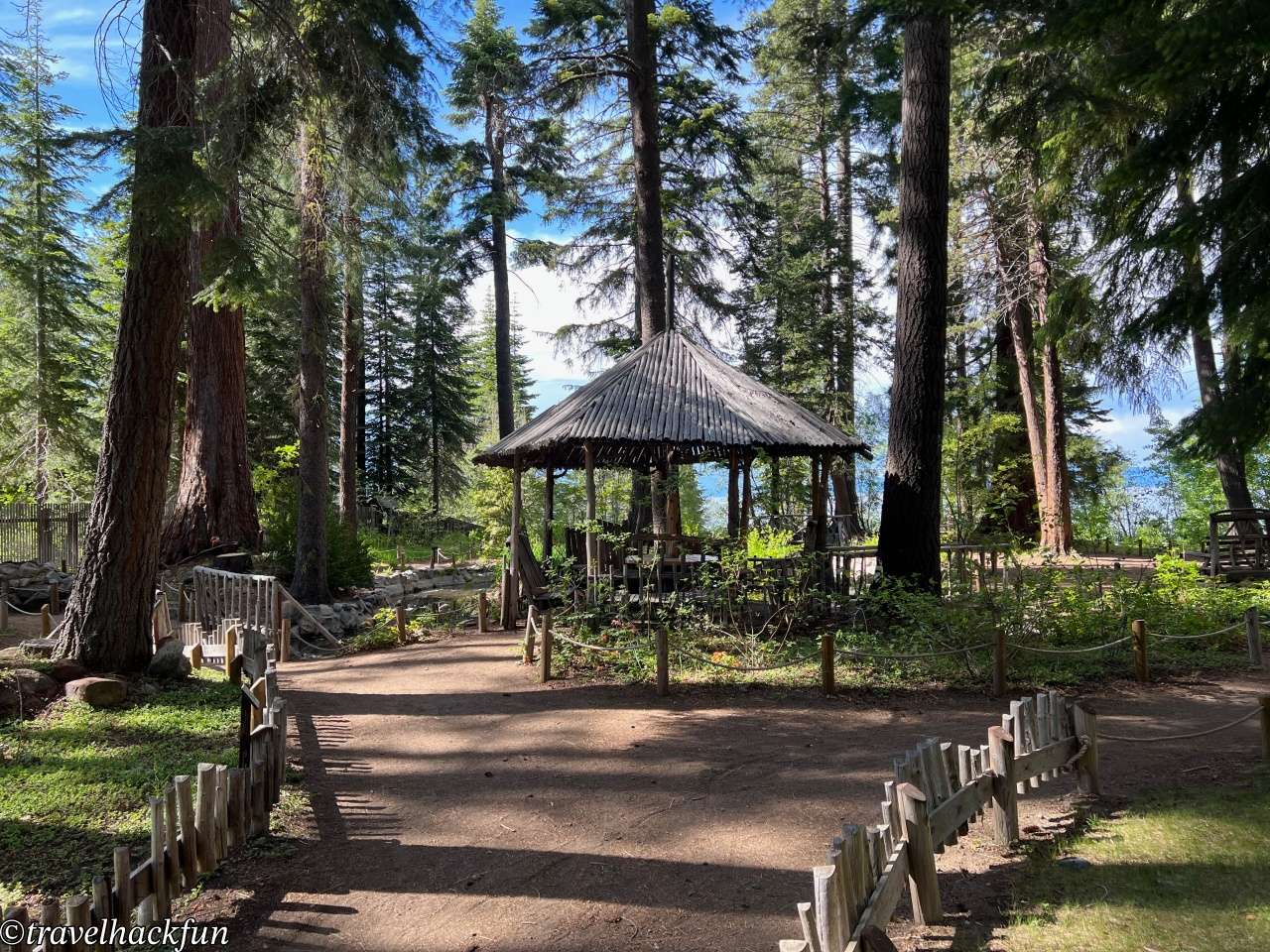
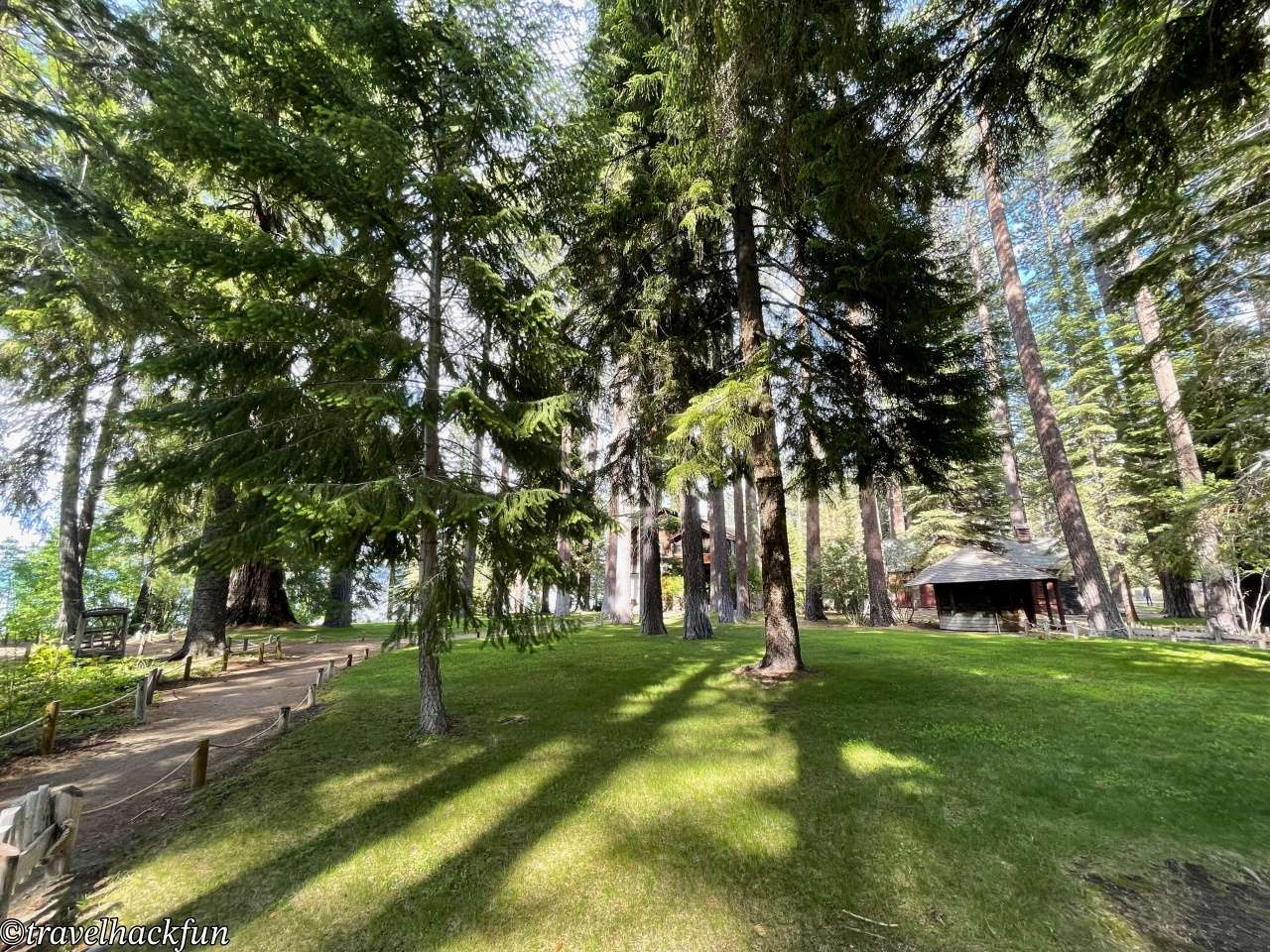
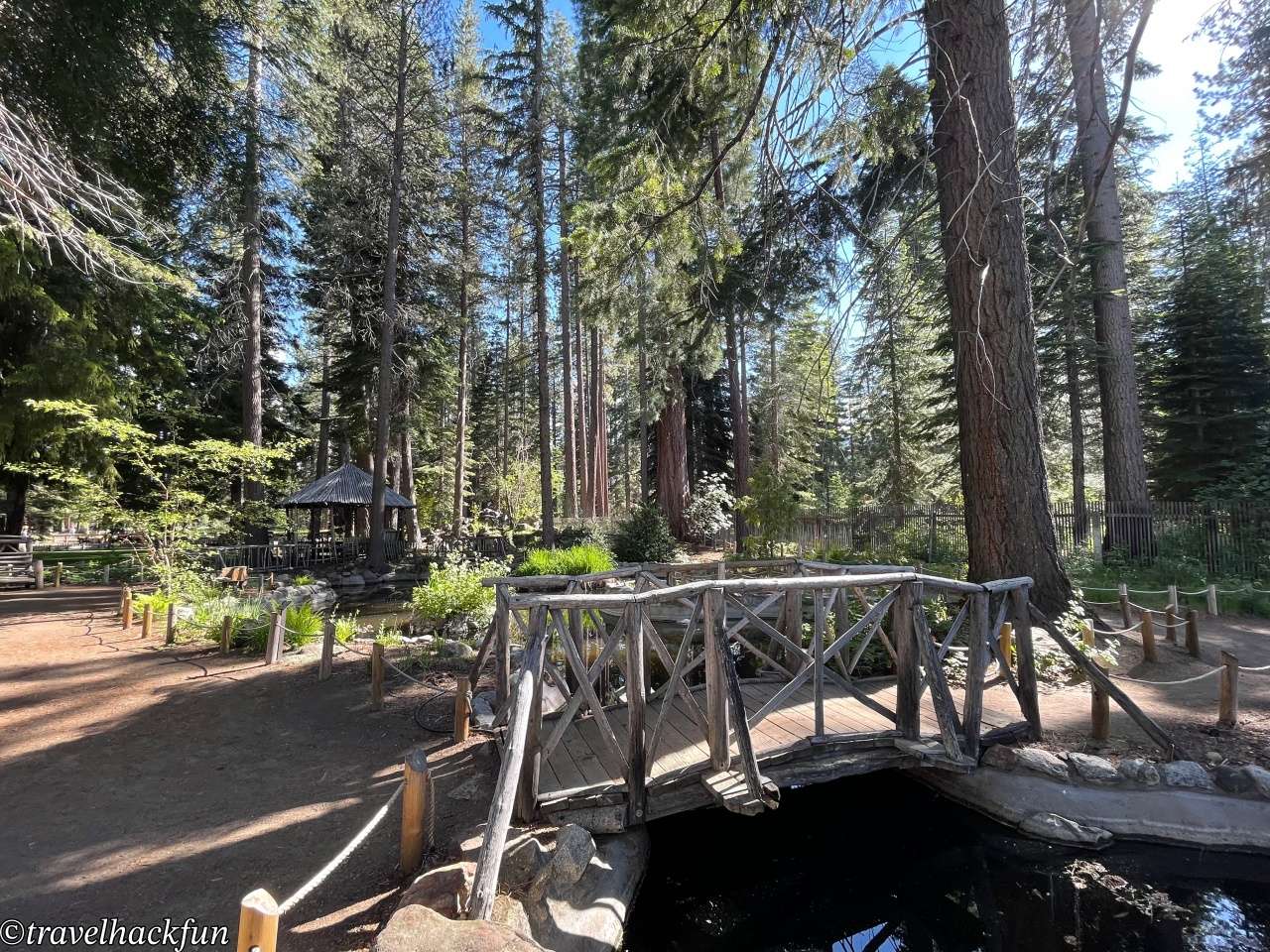
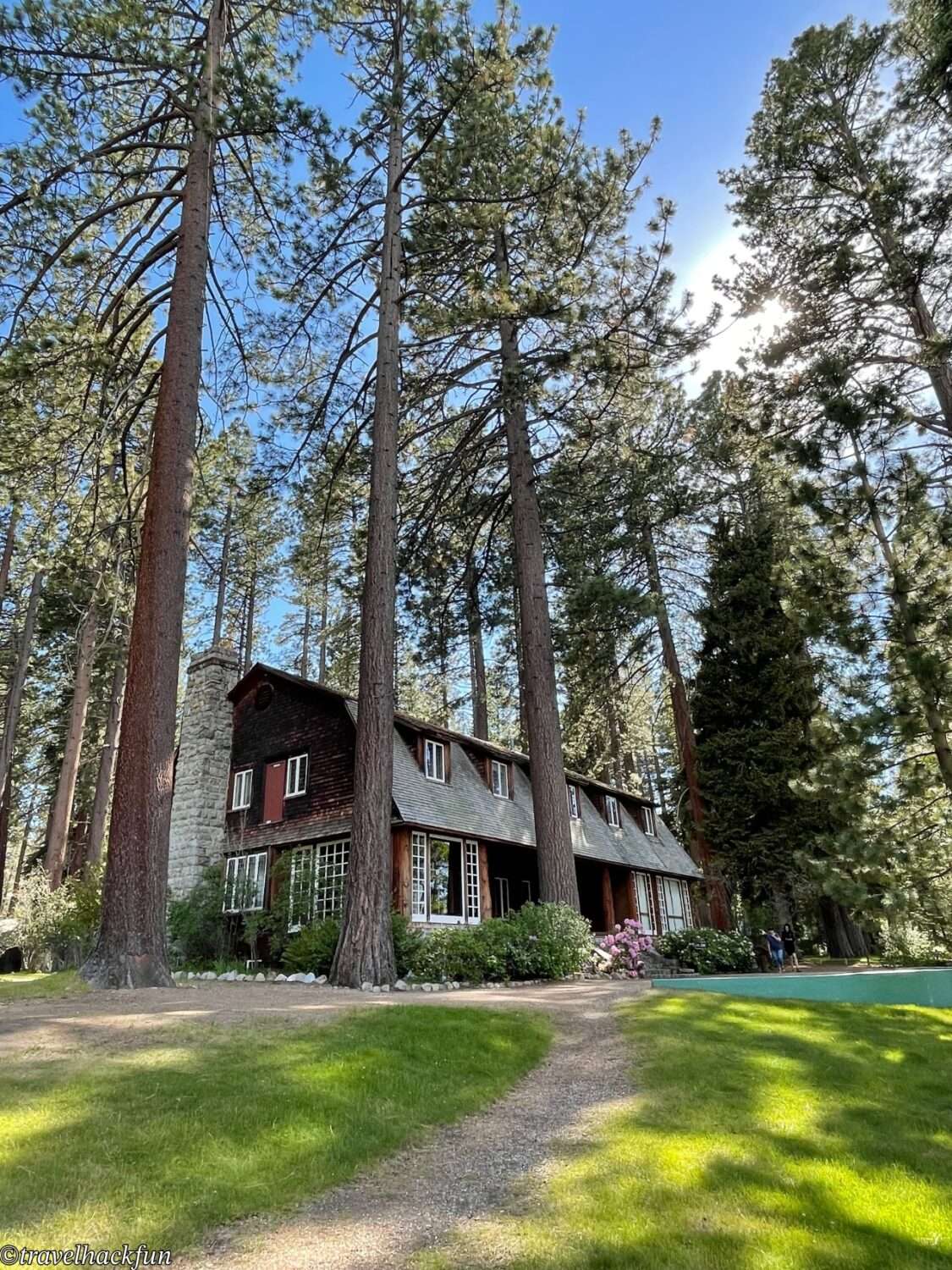
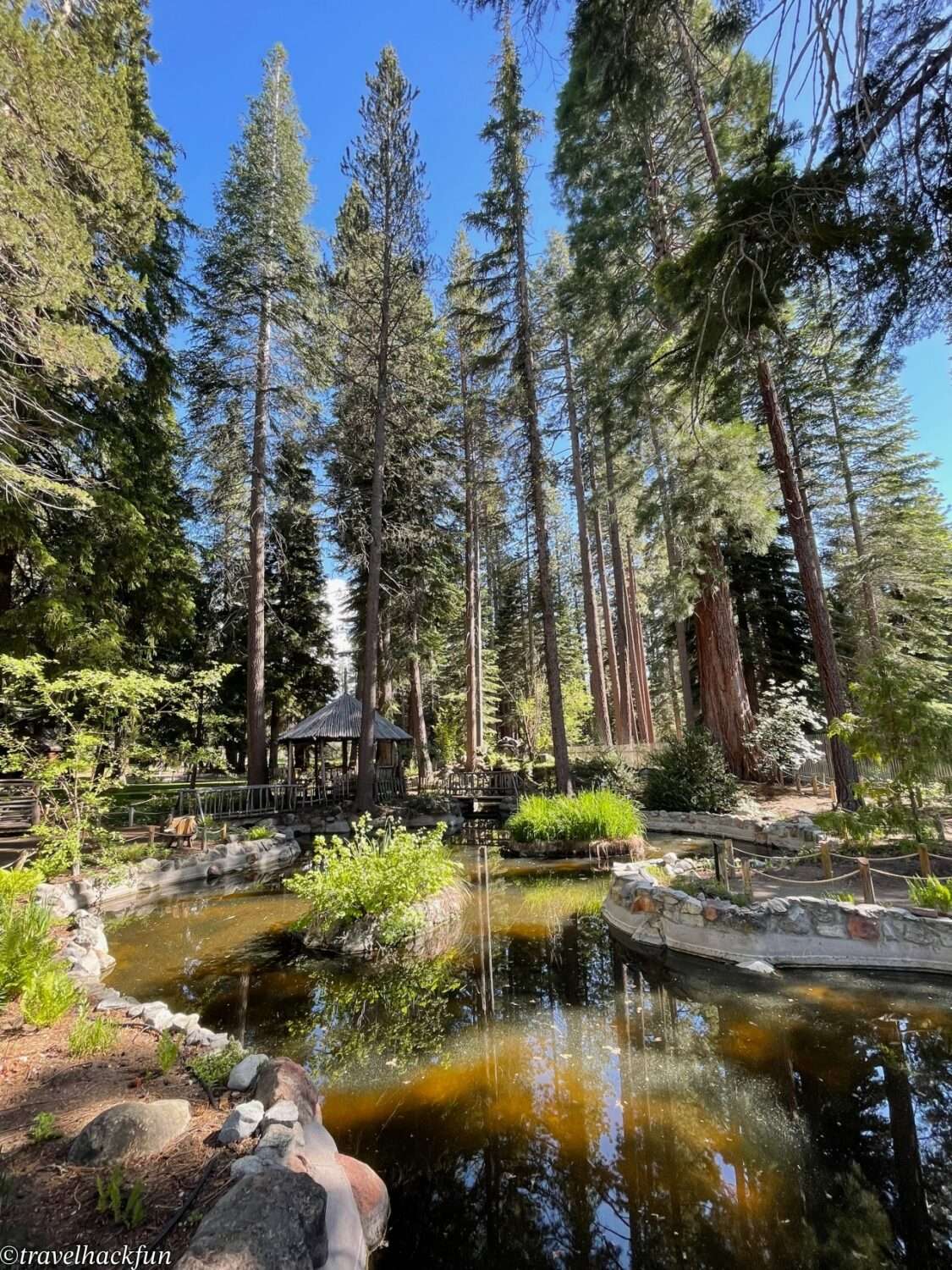
Baldwin Estate
“Lucky” Baldwin made his fortune in mining claims and horse racing, earning the nickname “Gold Rush Lucky Star.” Born in Ohio in 1828 with little formal education, he built his wealth during the western U.S. gold rush and through real estate speculation. His most famous stroke of “luck” occurred during the Comstock Lode silver boom: he instructed his broker to sell shares if they fell below $800, but since he kept the keys with him, the shares couldn’t be sold. By the time he returned to San Francisco, the price had rebounded, netting him $2.5 million (equivalent to several hundred million New Taiwan dollars today). He then purchased Tallac Point, and the nickname “Lucky” became inseparable from his name.
In the summer of 1880, Baldwin arrived at South Lake Tahoe and fell in love with the shore’s primeval pines. He bought the foreclosed resort hotel and 2,000 acres of forest land, renaming the property “Tallac House” after Mount Tallac nearby. Over the next decade, he expanded it into a nationally renowned luxury resort, adding a lakeside pier, a dance pavilion, an indoor bowling alley, steam heating, and electricity—boasting a “year-round” grand experience even in the late 19th century.
After Baldwin’s death in 1909, his assets passed to his daughter Anita, and later to his granddaughter Dextra Baldwin McGonagle. The Baldwin House we see today is the summer retreat Dextra had built in 1924 at great expense for herself and her mother, a U-shaped log home with Scandinavian touches. Its features include Western red cedar log walls, handcrafted ironwork, a fountain, and lakeside pathways—all luxurious.
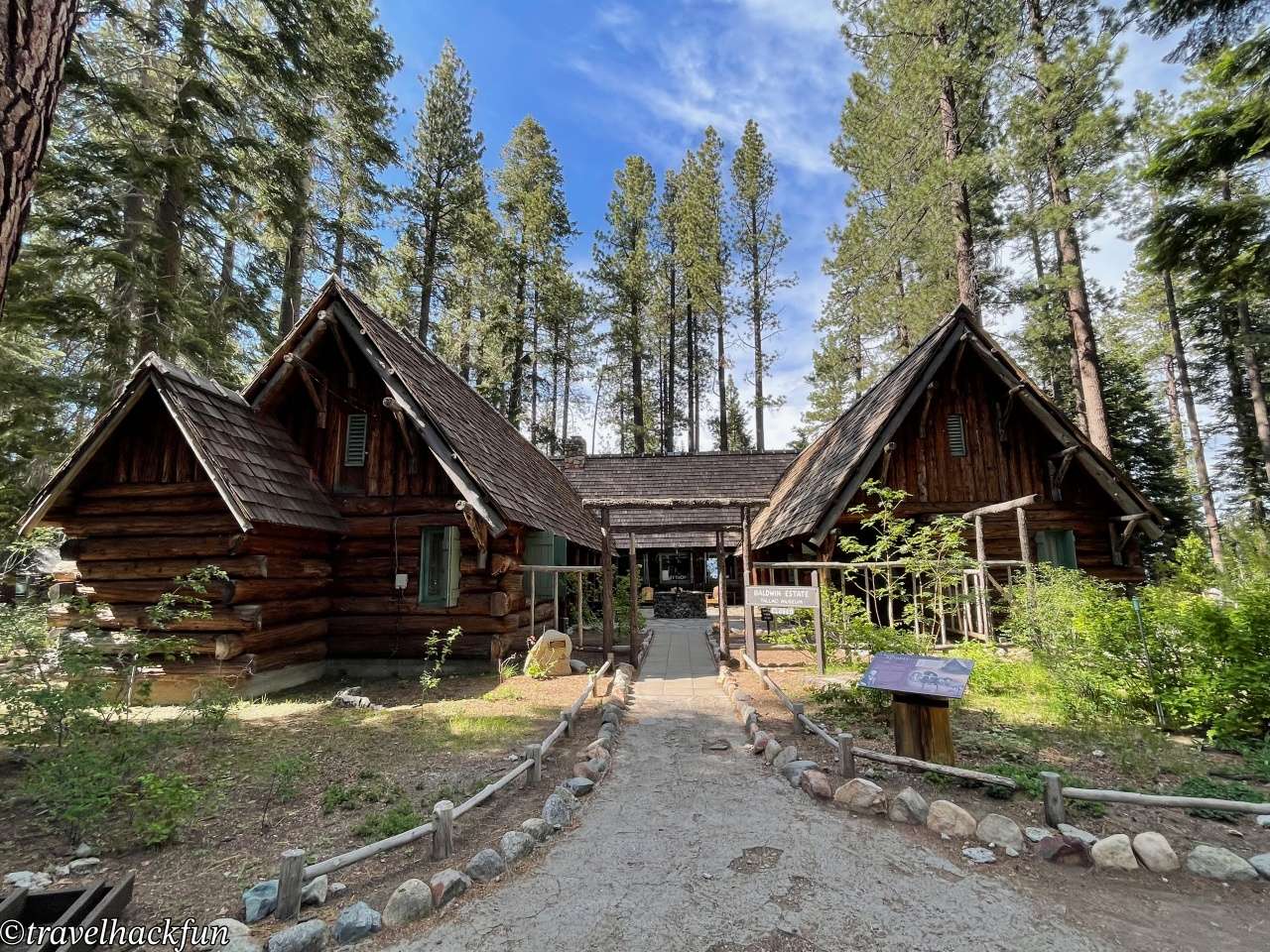
Today, this house serves as the Tallac Museum and is open for free visits. The exhibits include Washoe tribal crafts, handcrafted furniture from Dextra’s travels, and historic photographs.
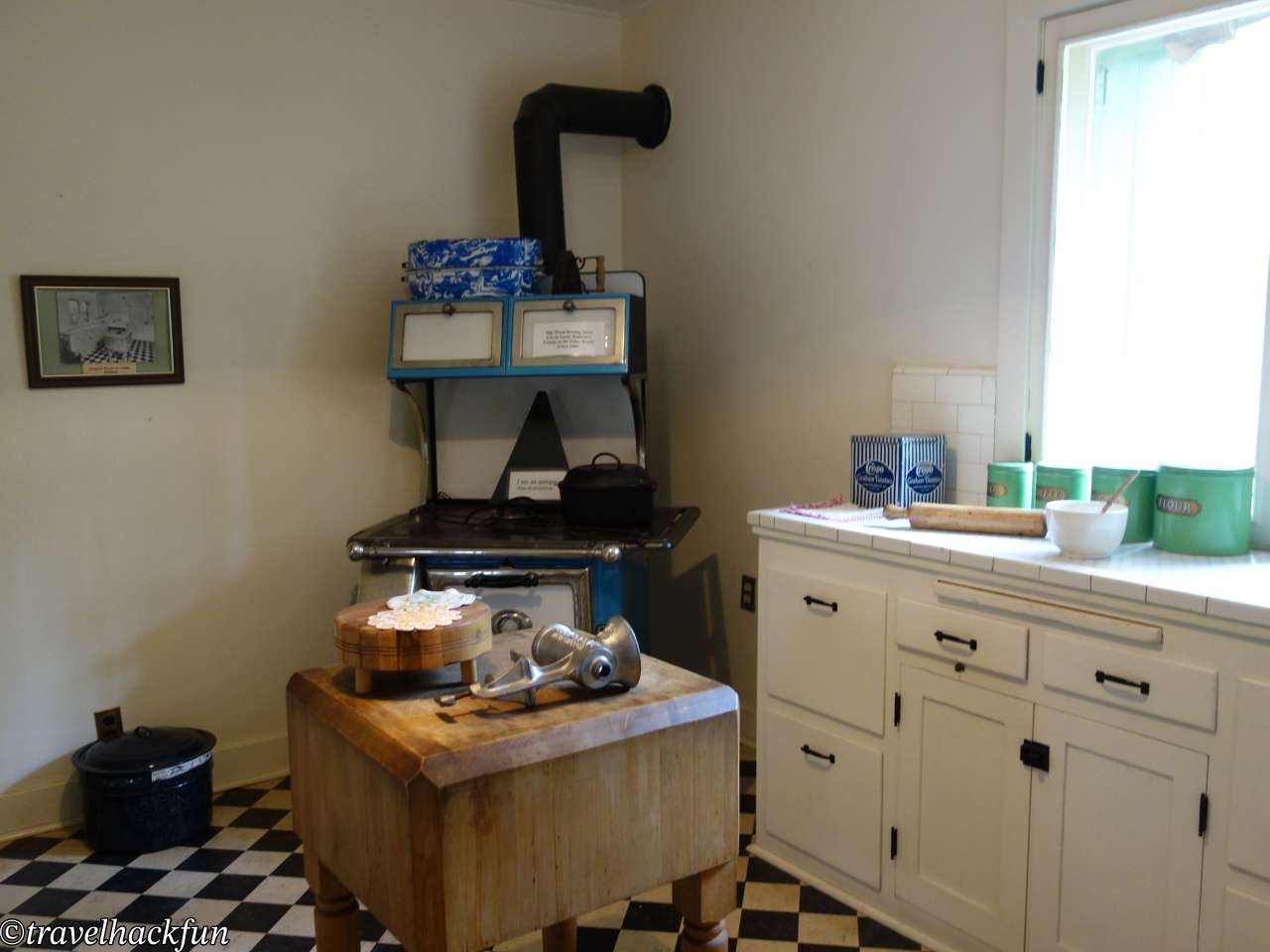
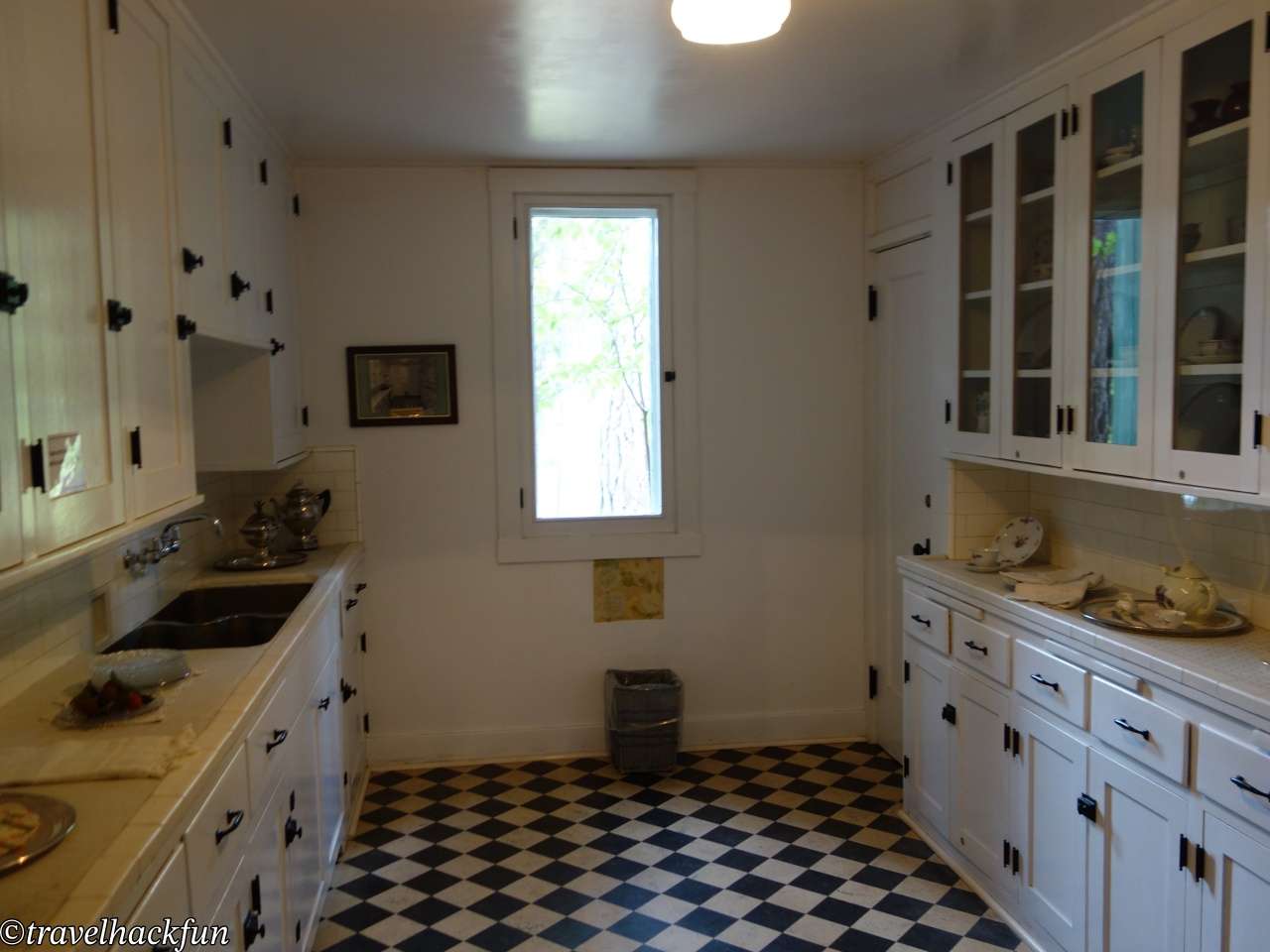
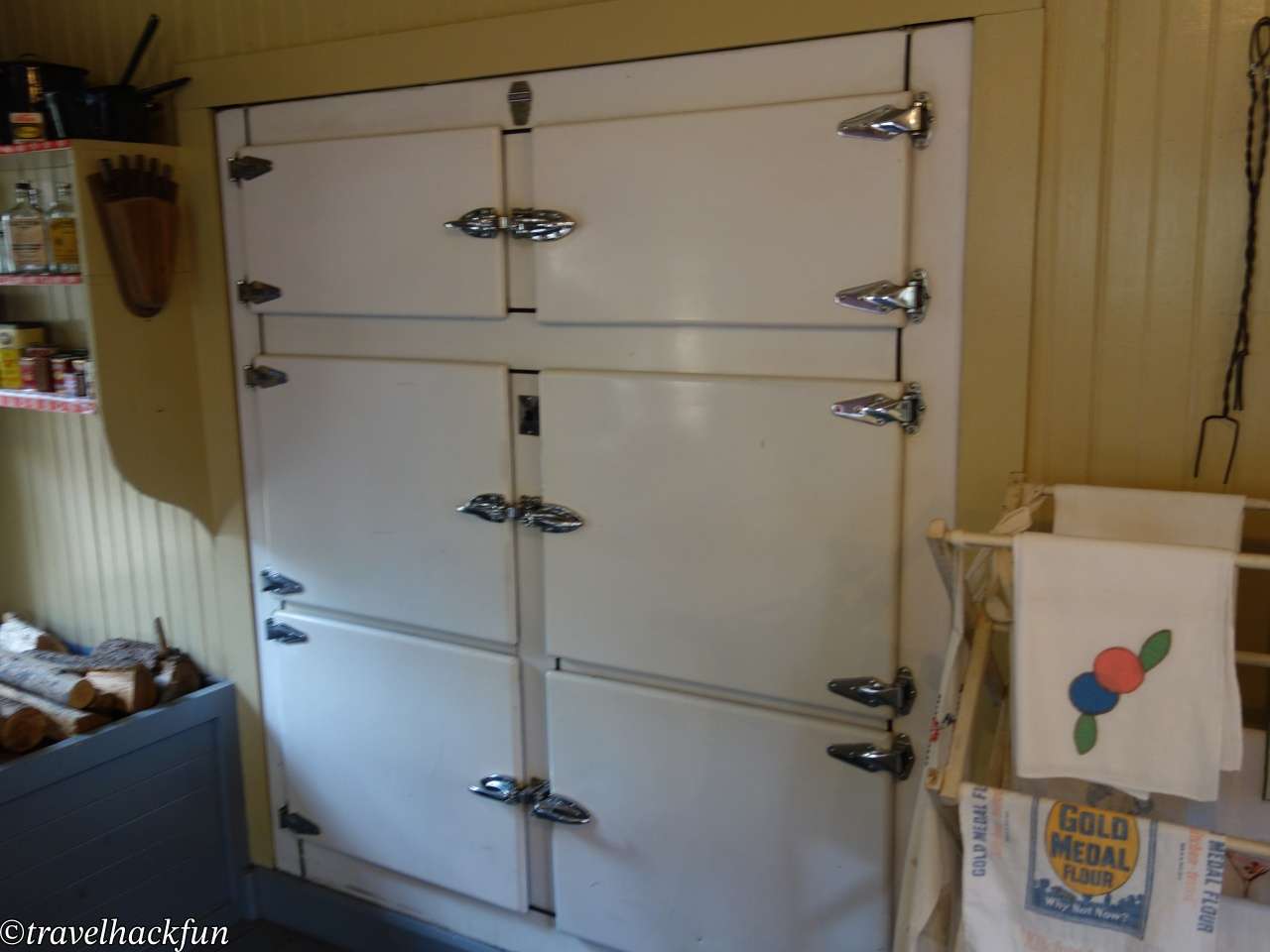
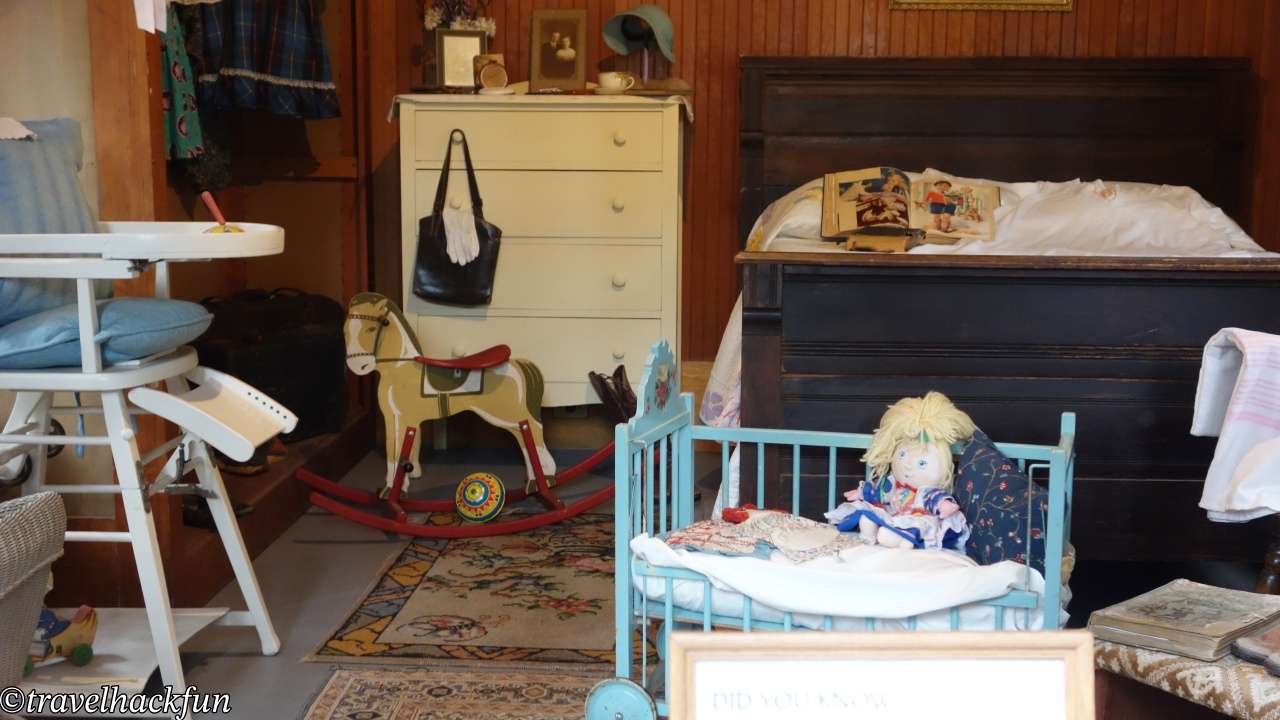
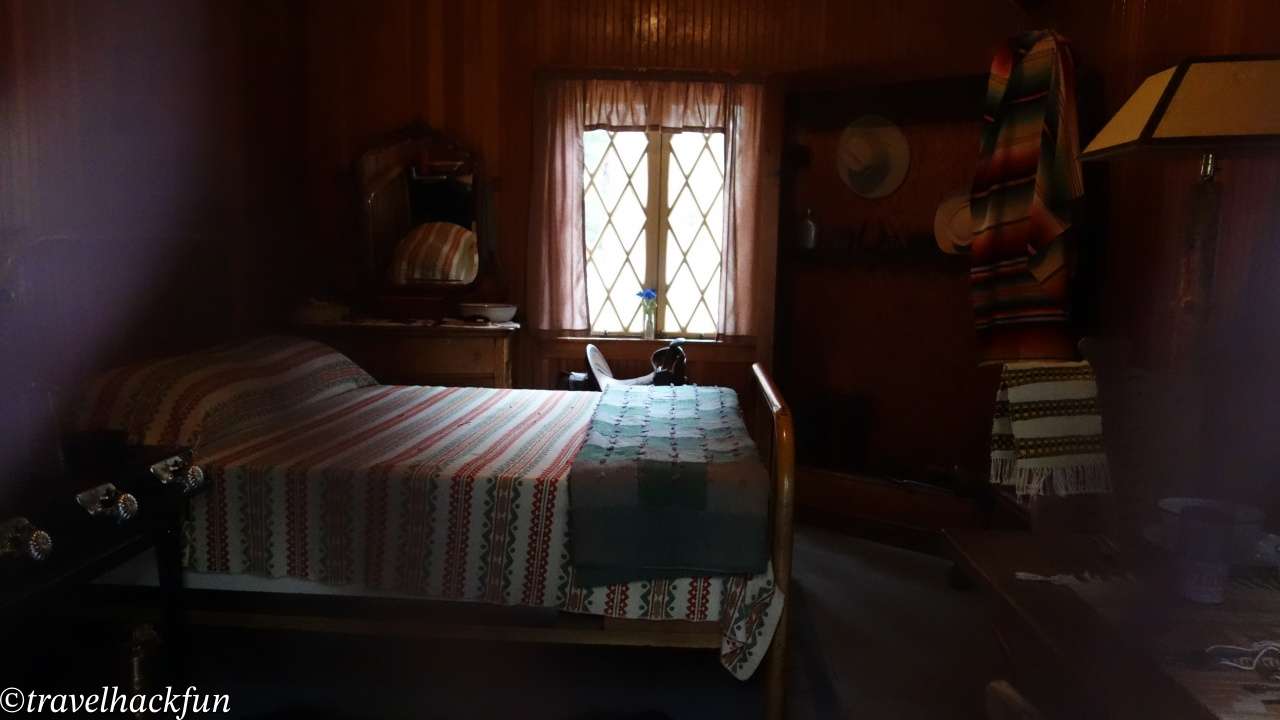
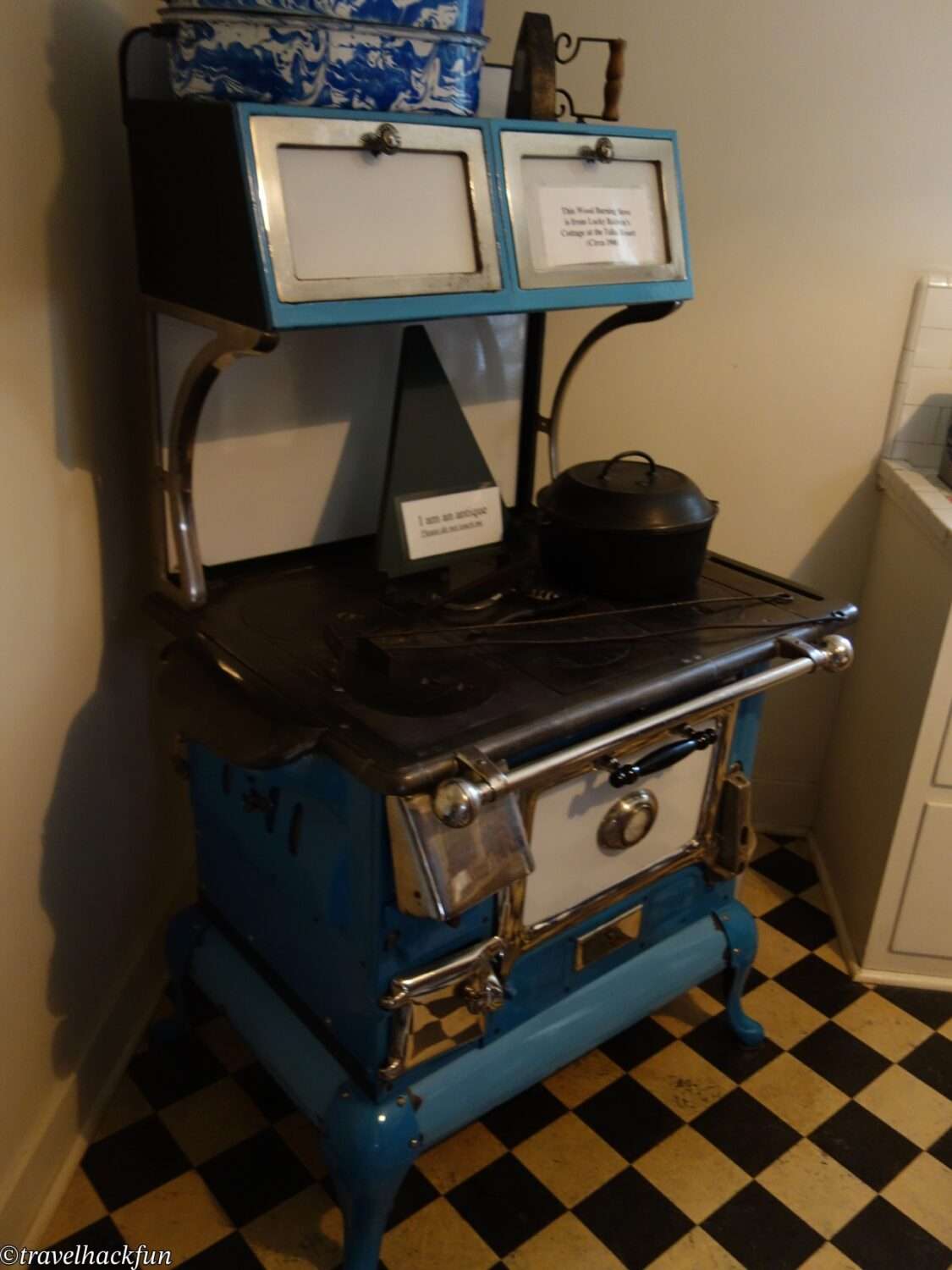
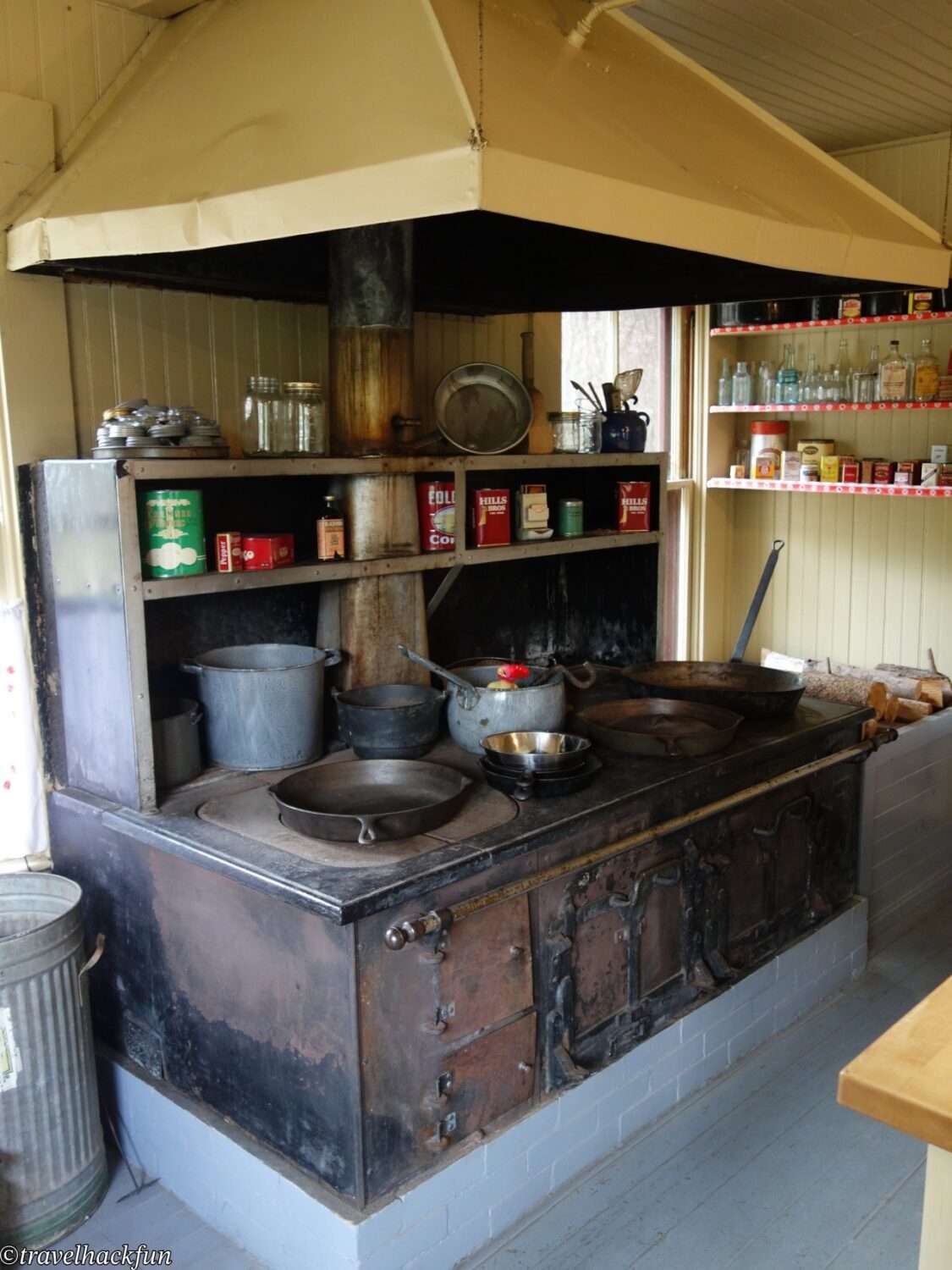
What about Baldwin’s original Tallac Hotel? This grand hotel once featured a casino, bowling alley, and ballroom, affordable to only the top 1% of society, earning it the nickname “Little Las Vegas by Lake Tahoe.” Sadly, business declined after World War I, the main building burned down in 1914, and in 1928 Dextra ordered its demolition, leaving only foundations and fountains. Today, interpretive signs help visitors imagine the former hustle of dance floors, piers, and fountains contrasted with the present-day tranquil woods—an evocative reflection on “serenity through the ages.”
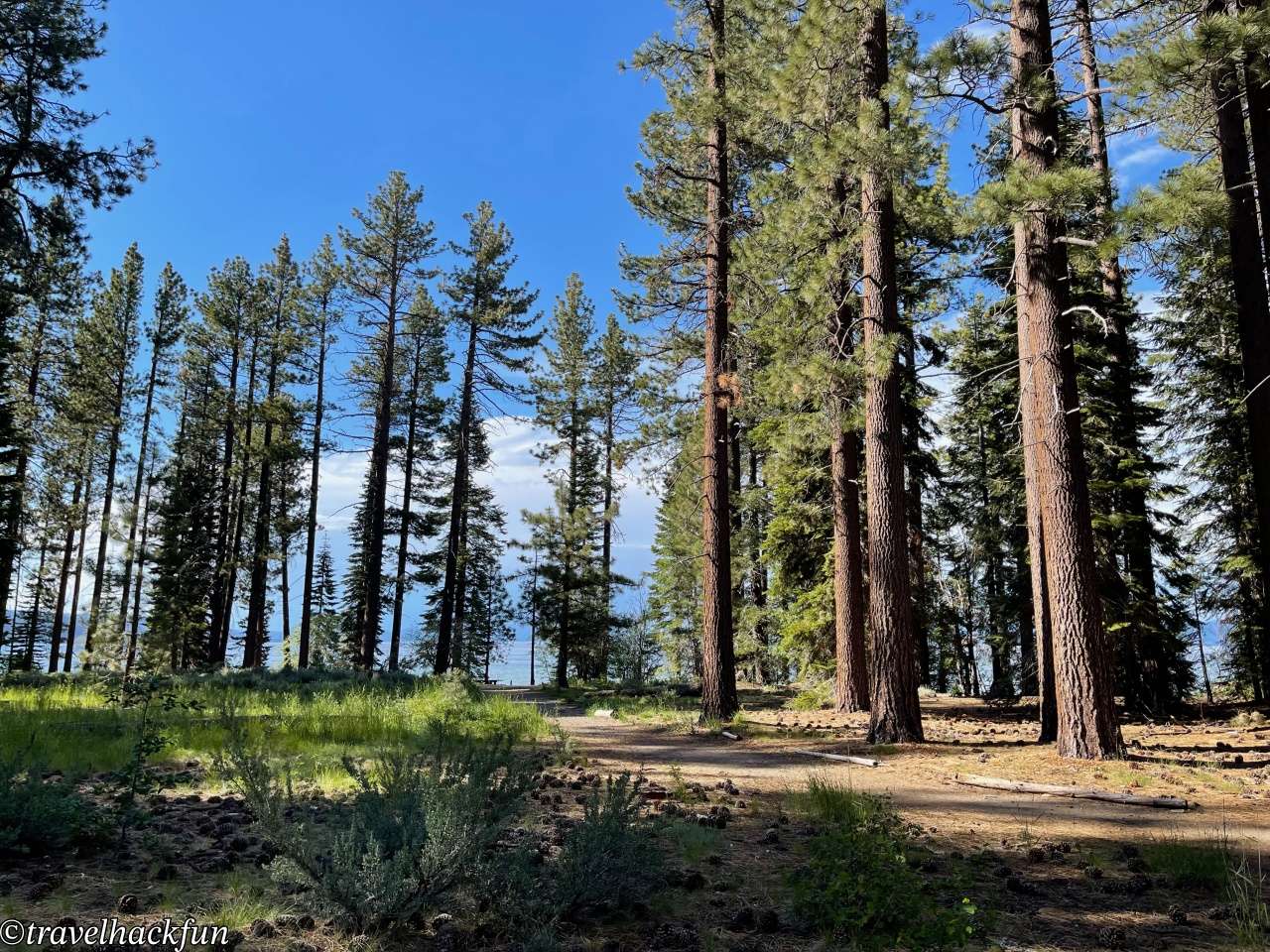
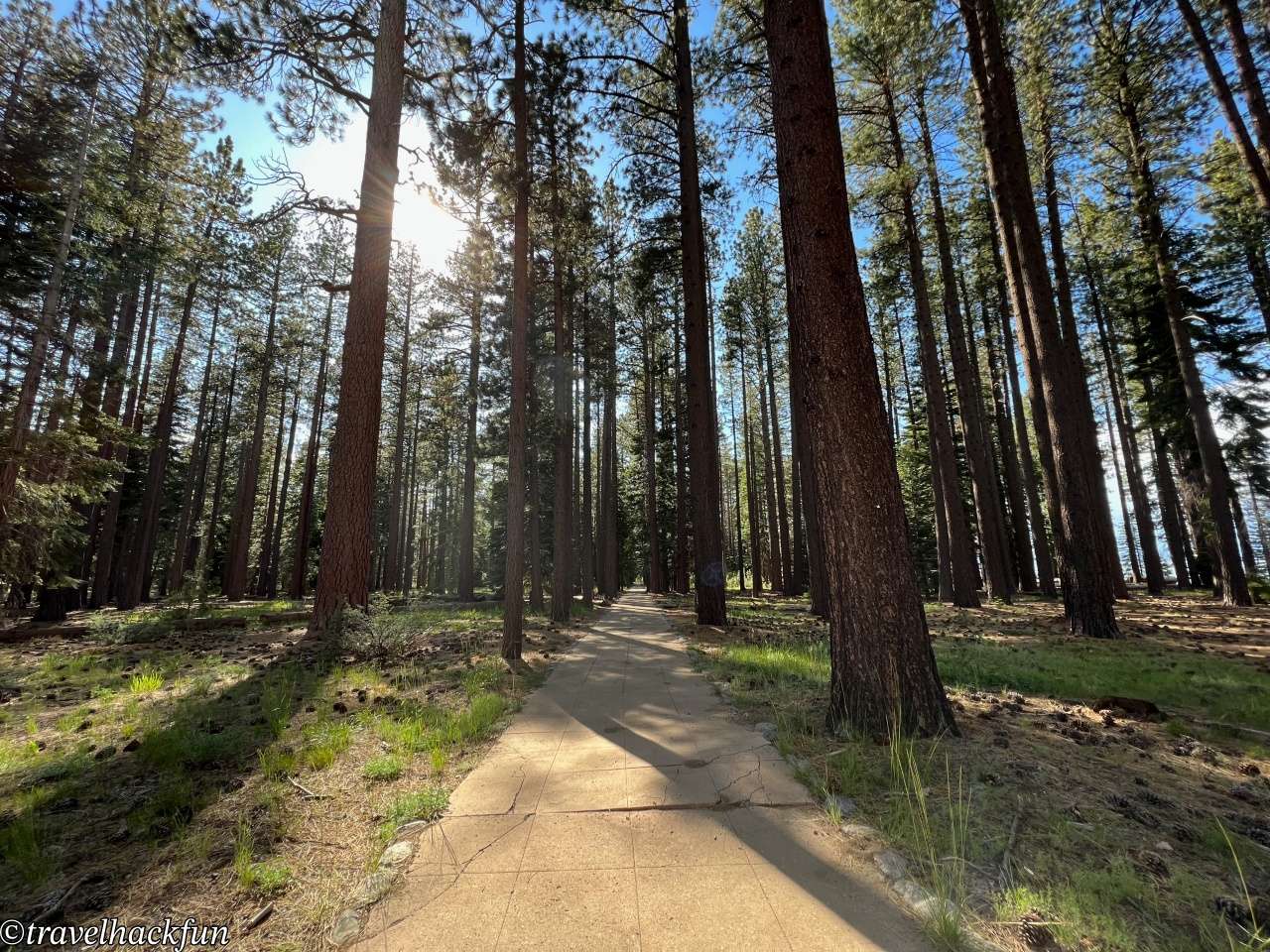
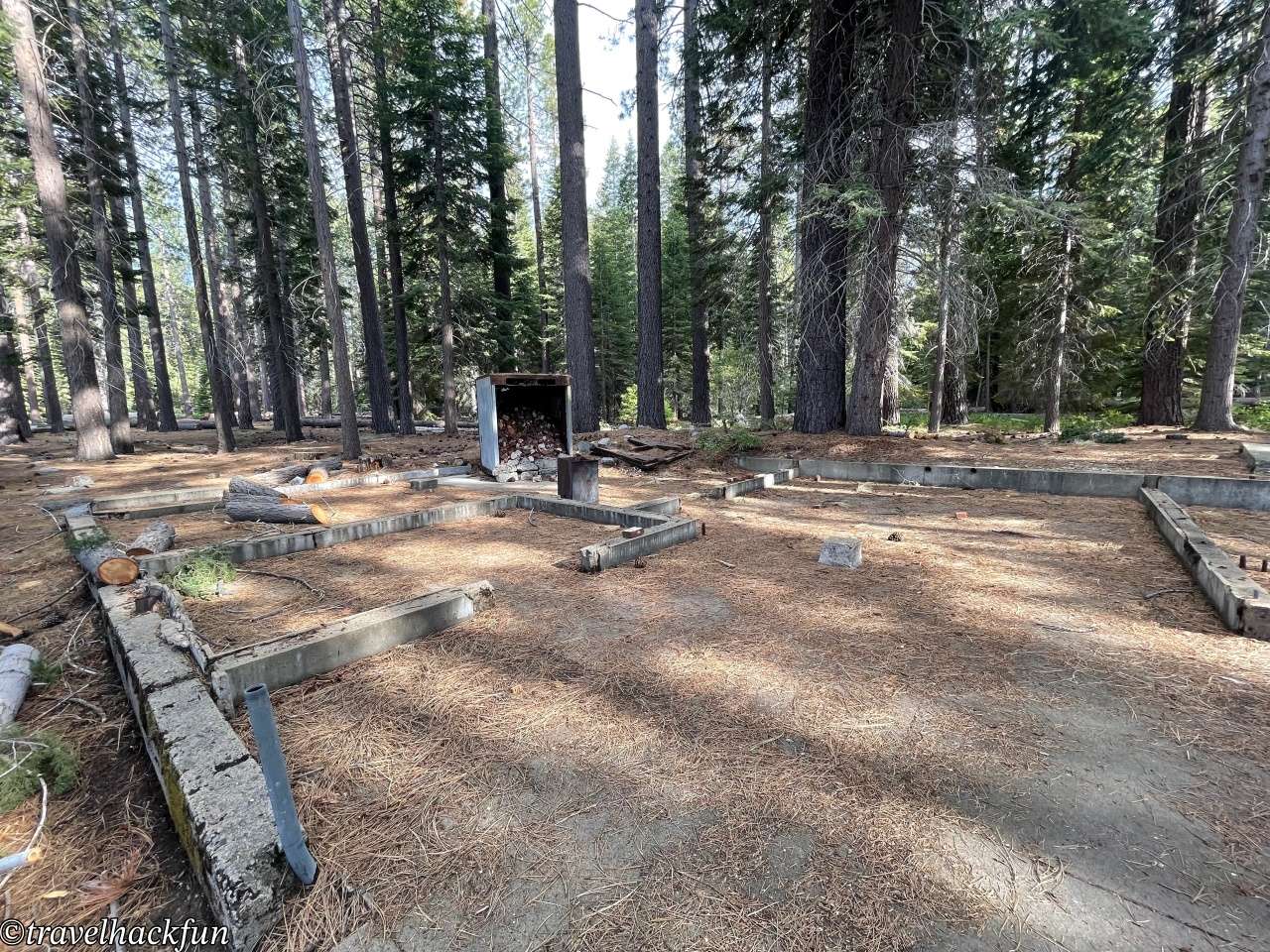
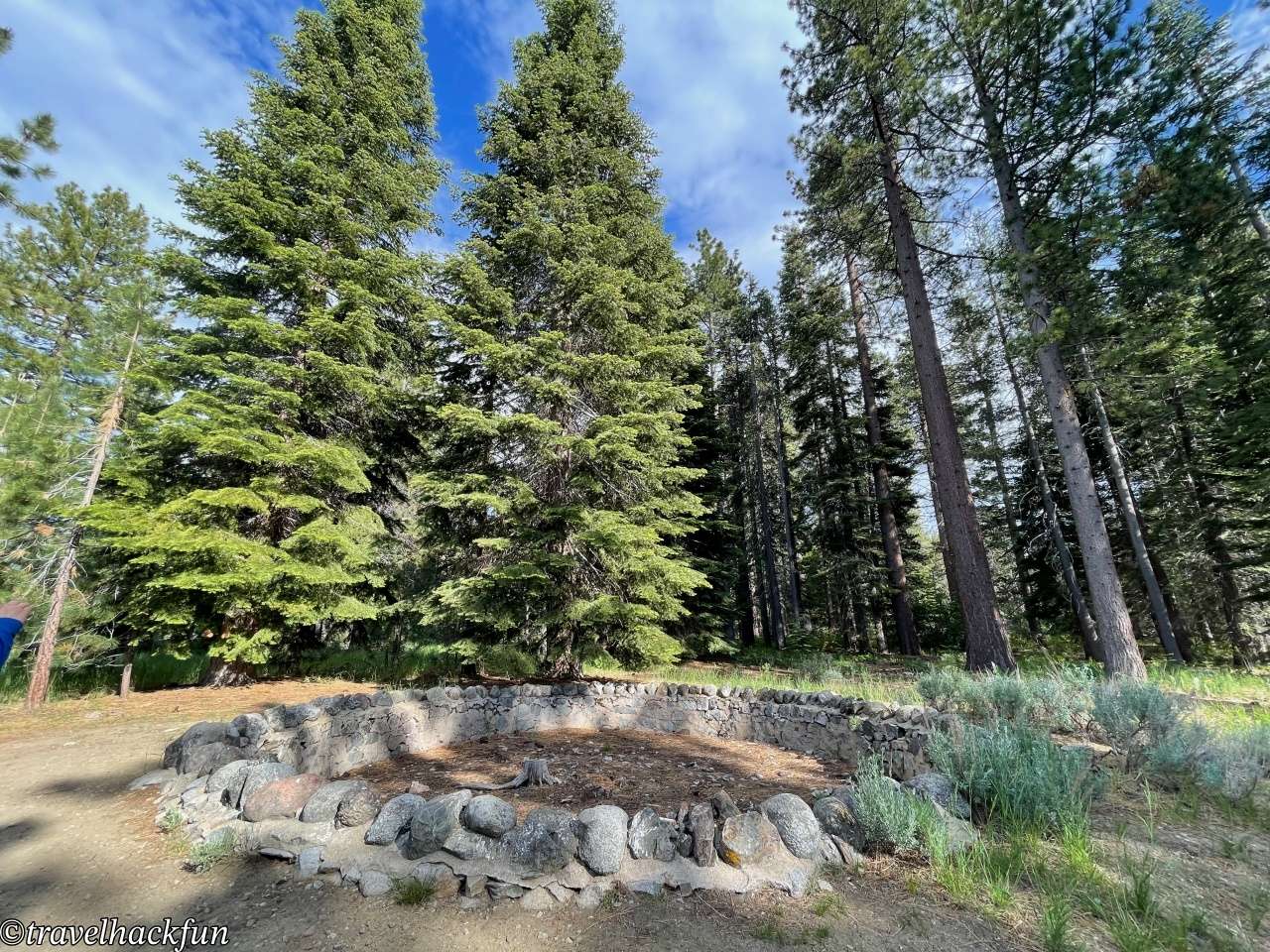
Valhalla Estate
Continue south along the main trail for less than five minutes to see the massive cedar Valhalla Grand Hall. Built in 1924 by San Francisco banker Walter Heller and his wife, its exterior blends Shingle Style with Colonial Revival. The vaulted hall features a twenty-foot stone fireplace, with beams supported by whole lodgepole pines—it was designed for grand gatherings. Summer evenings here were filled with jazz, artist residencies, and weddings. The lakeside Boathouse Theatre still welcomes guests with 1920s wooden benches.
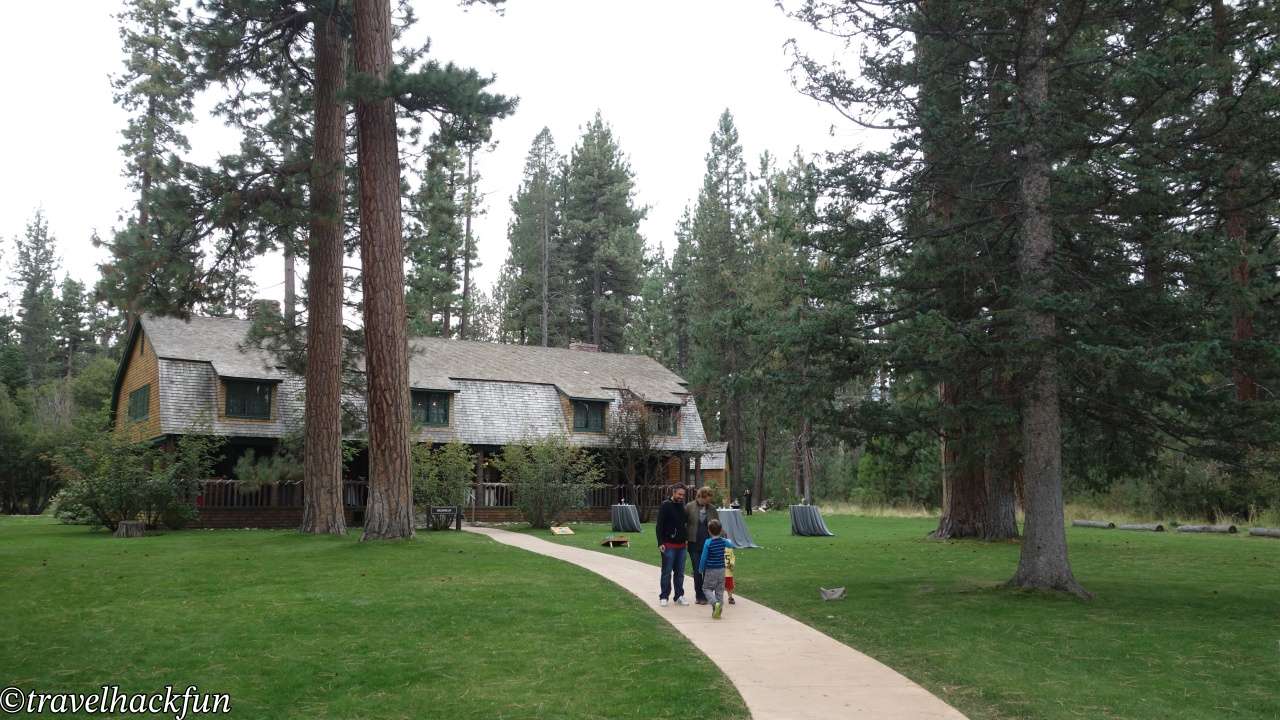
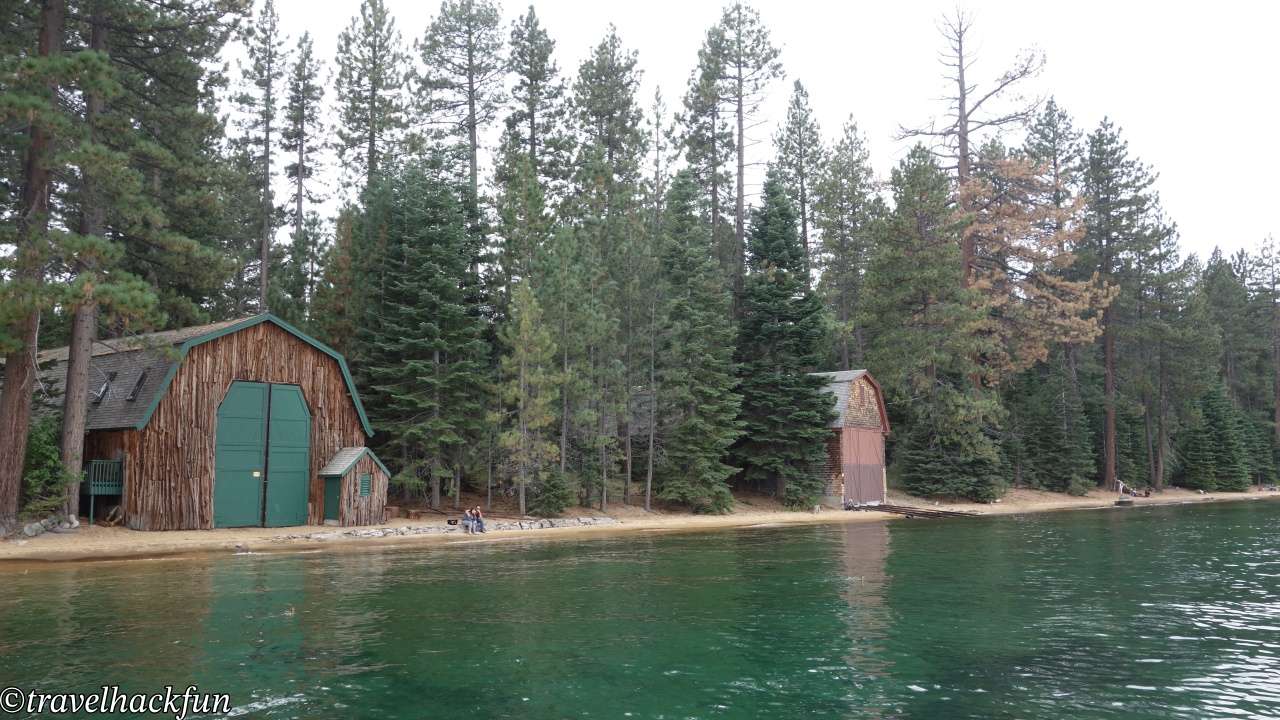
Lakeshore Trail
The Lakeshore Trail connects the three estates. Heading south leads to Tallac Point, where anglers and sunbathers often sit quietly at the trail’s end. After touring the buildings, visit this seemingly ordinary spot to experience the century-old “slow life” once enjoyed by the aristocracy.
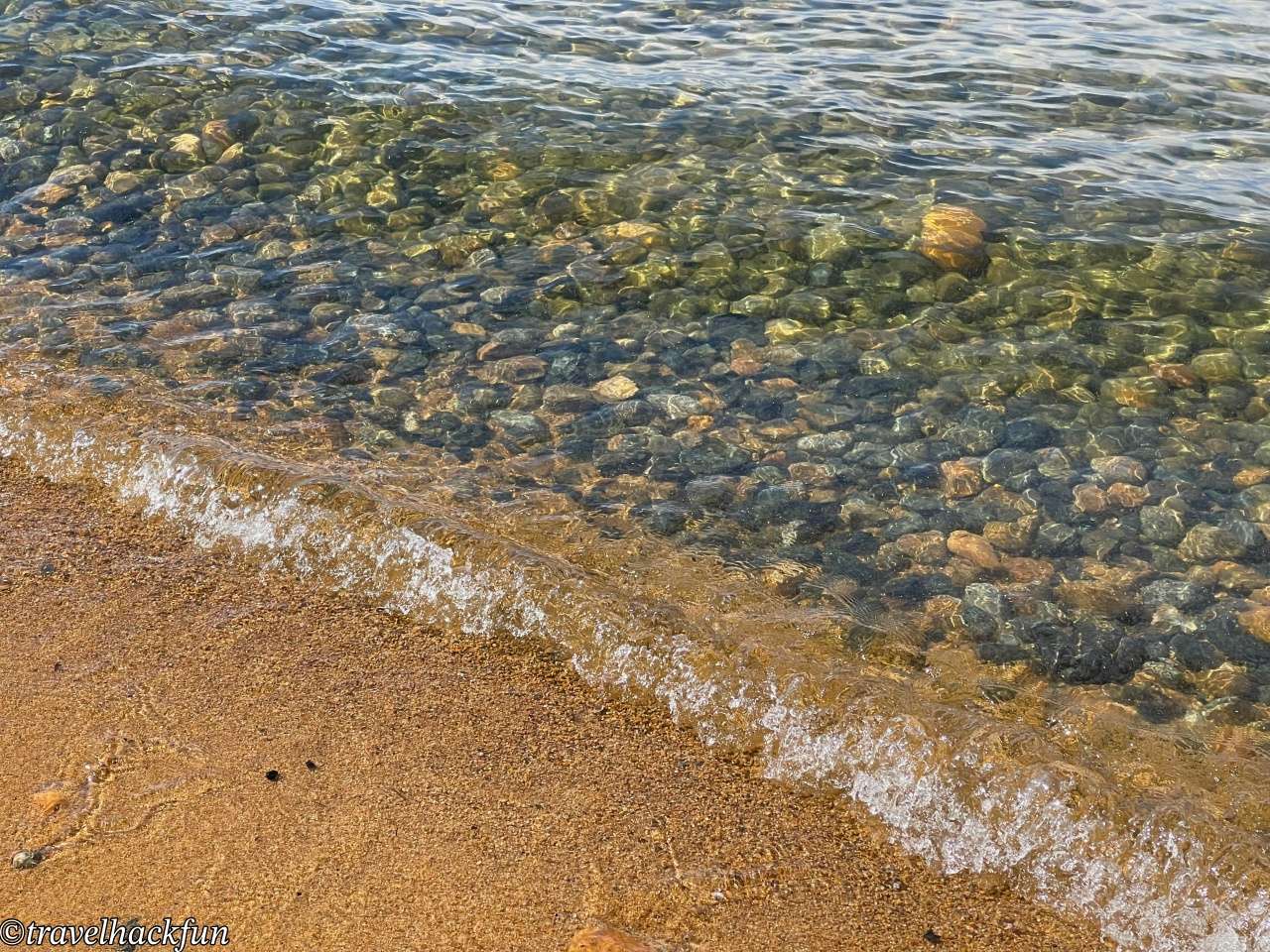
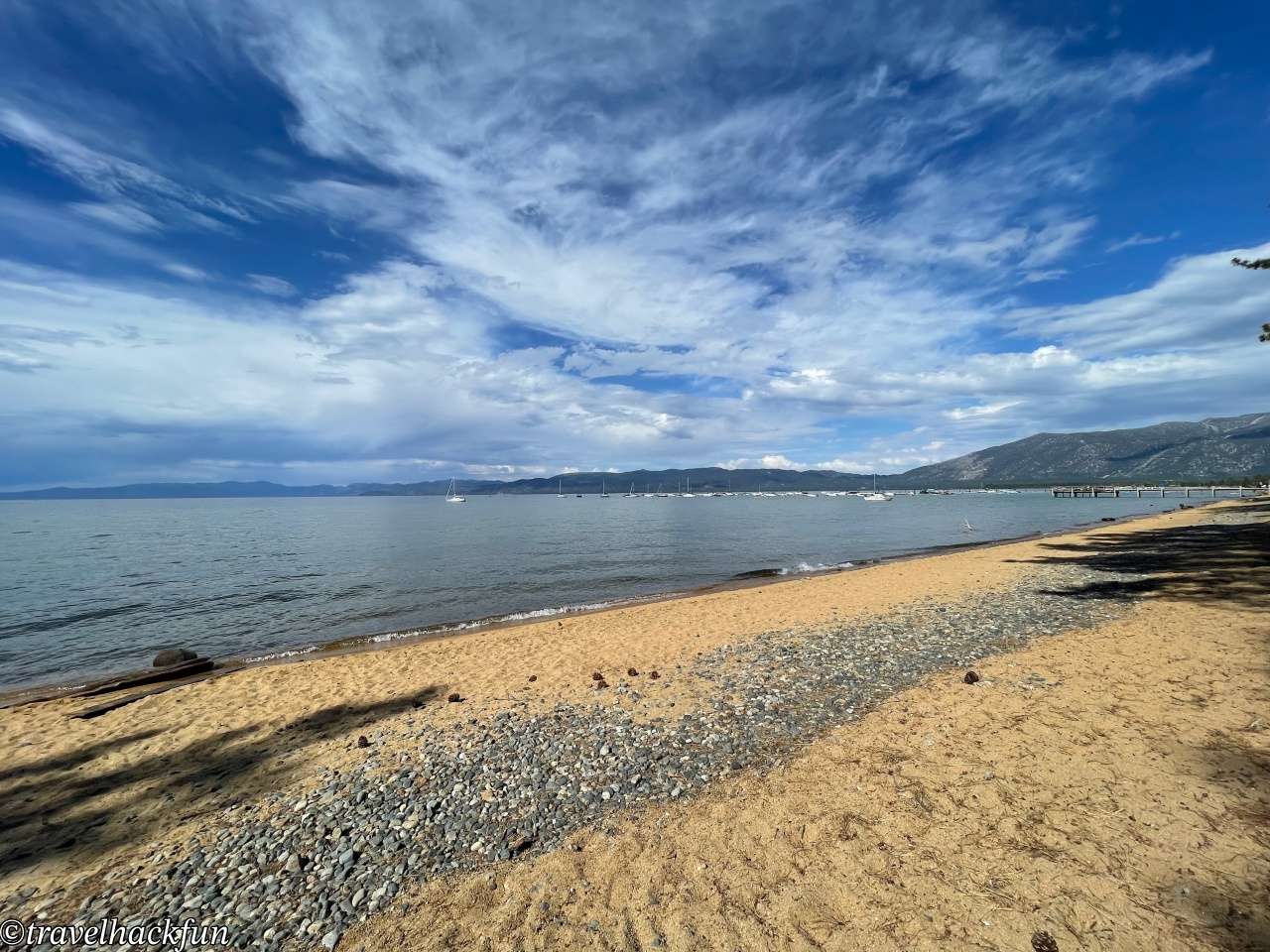
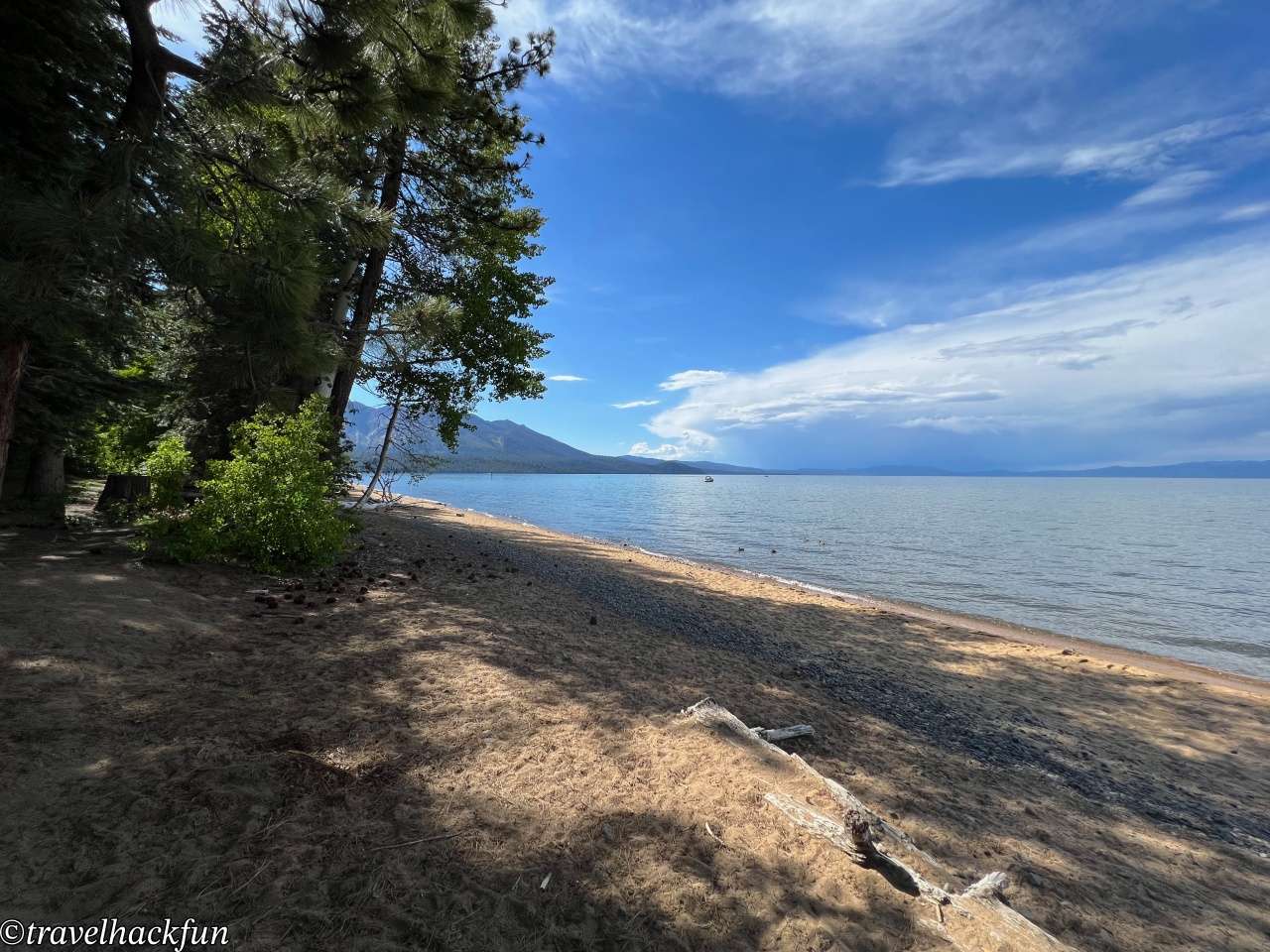

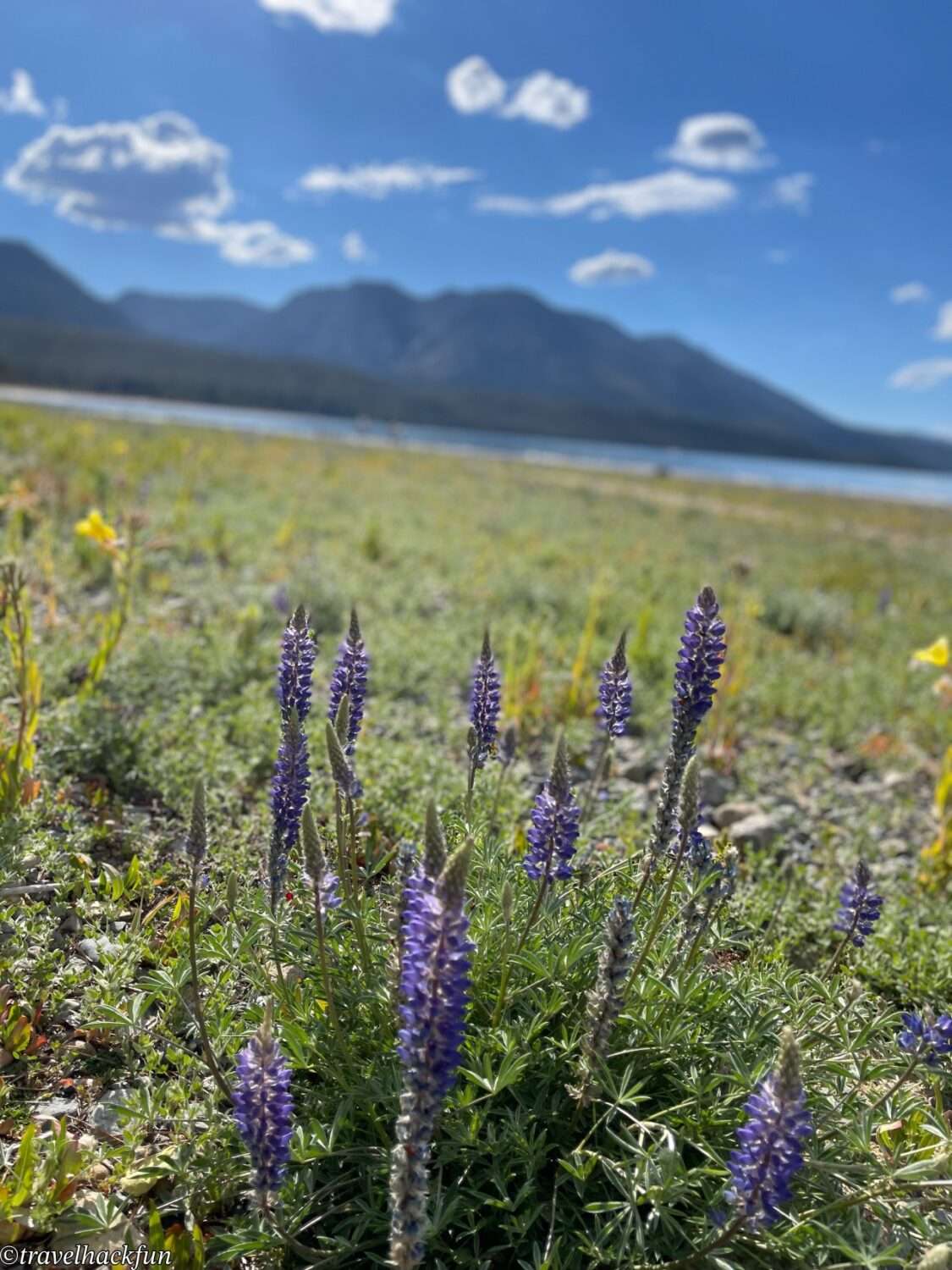
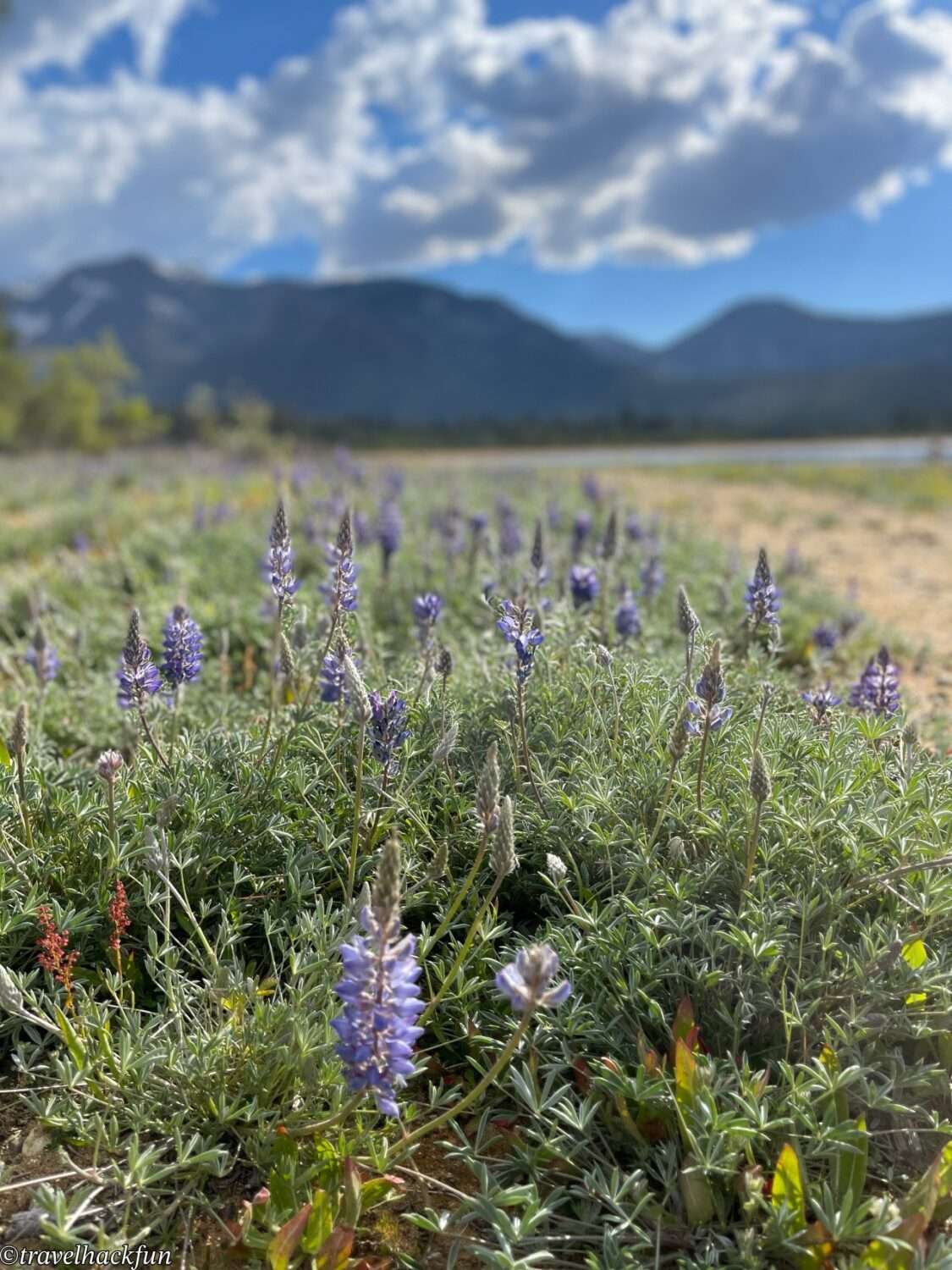
☕ Enjoying my travel notes?
You can Buy me a coffee to support what I do 🙌
Further reading
- More Lake Tahoe posts
- More Northern California posts
- More RoadtripItinerary